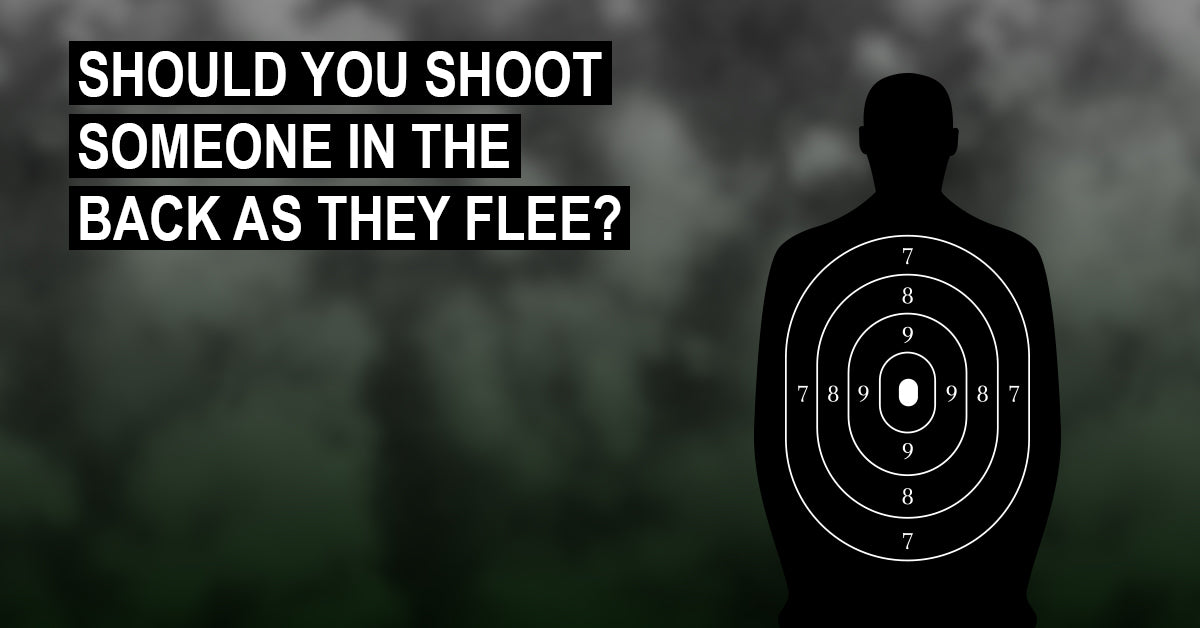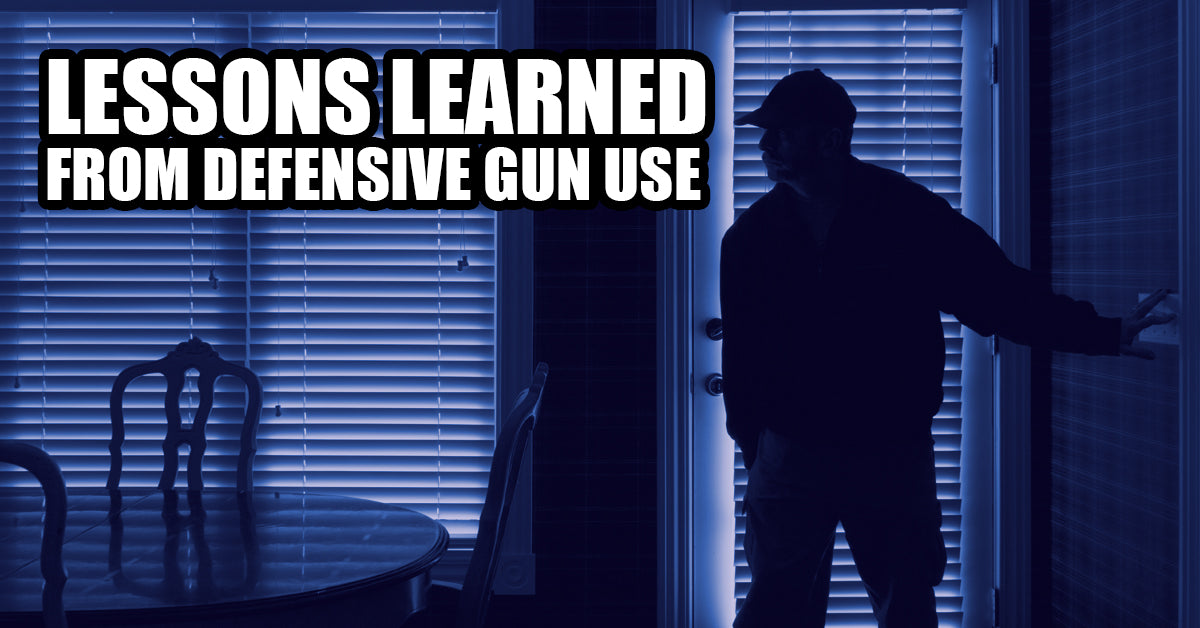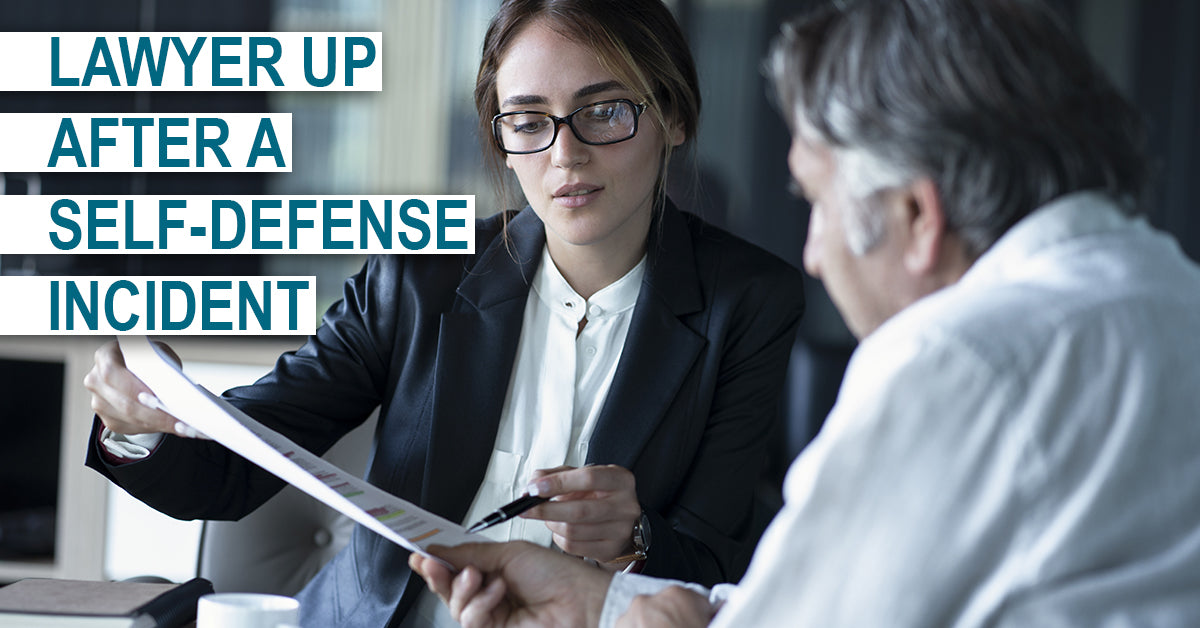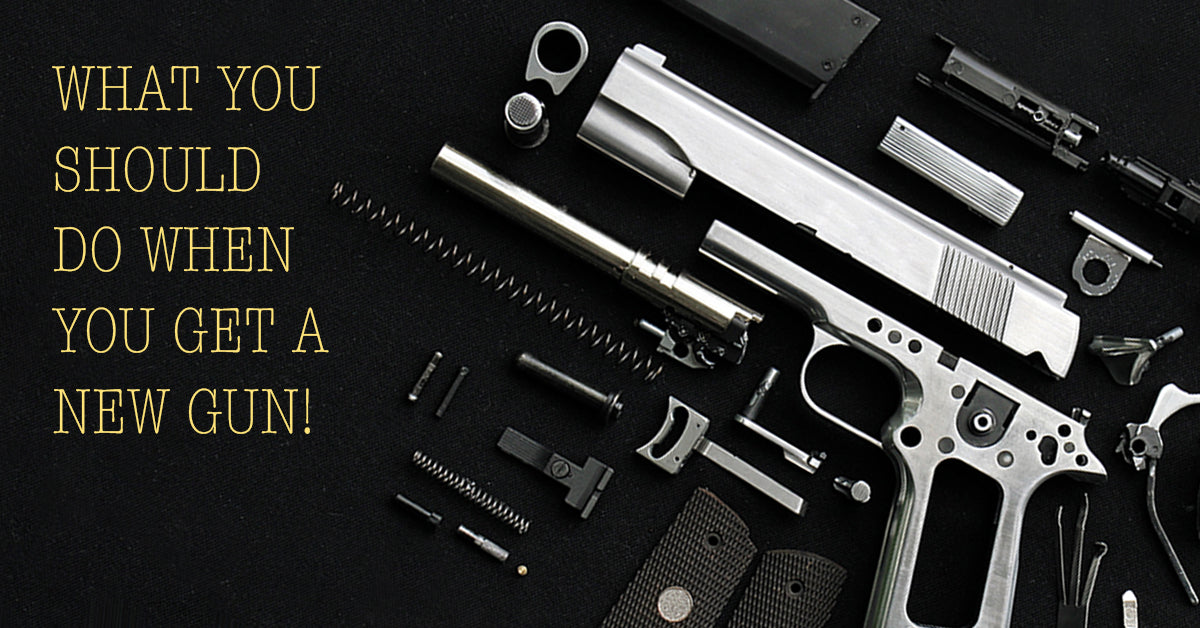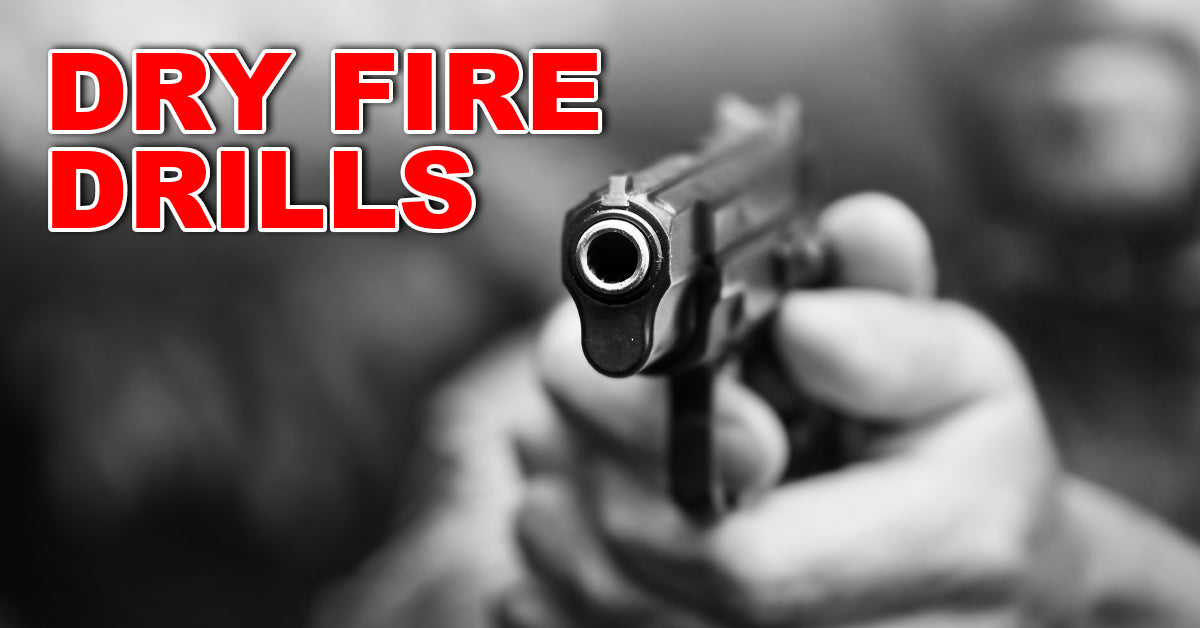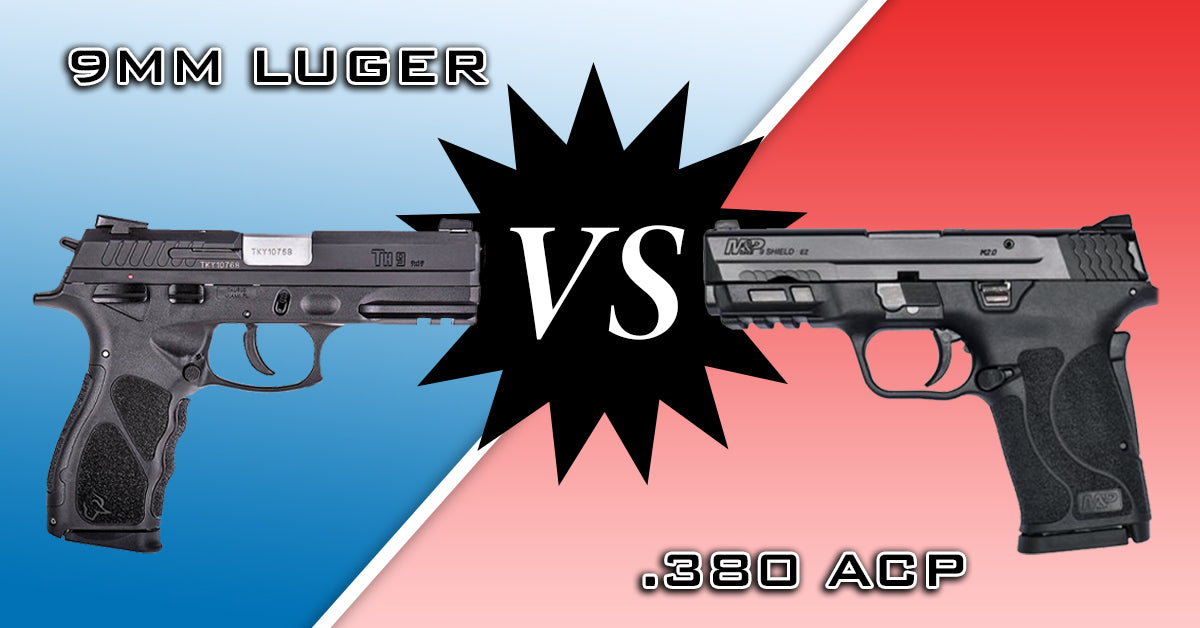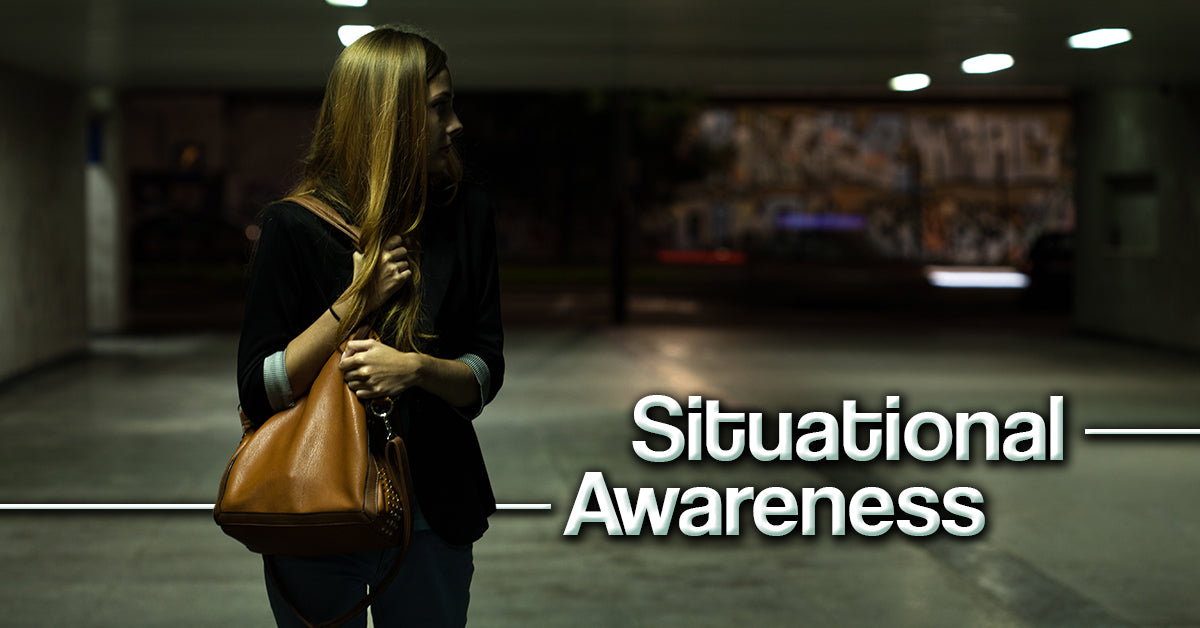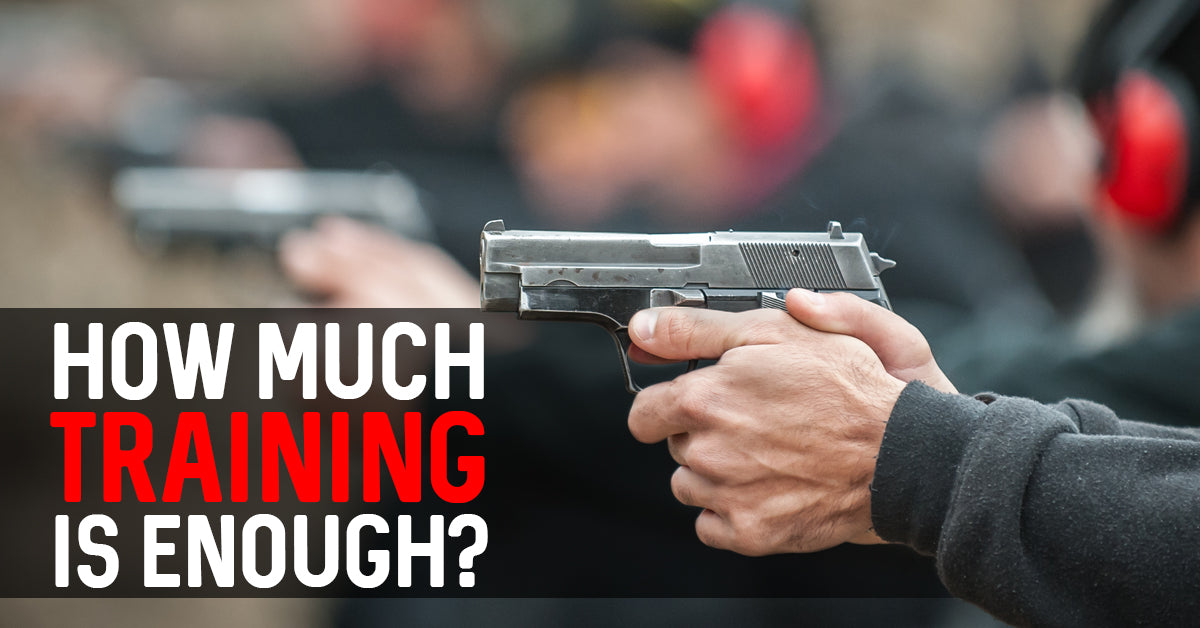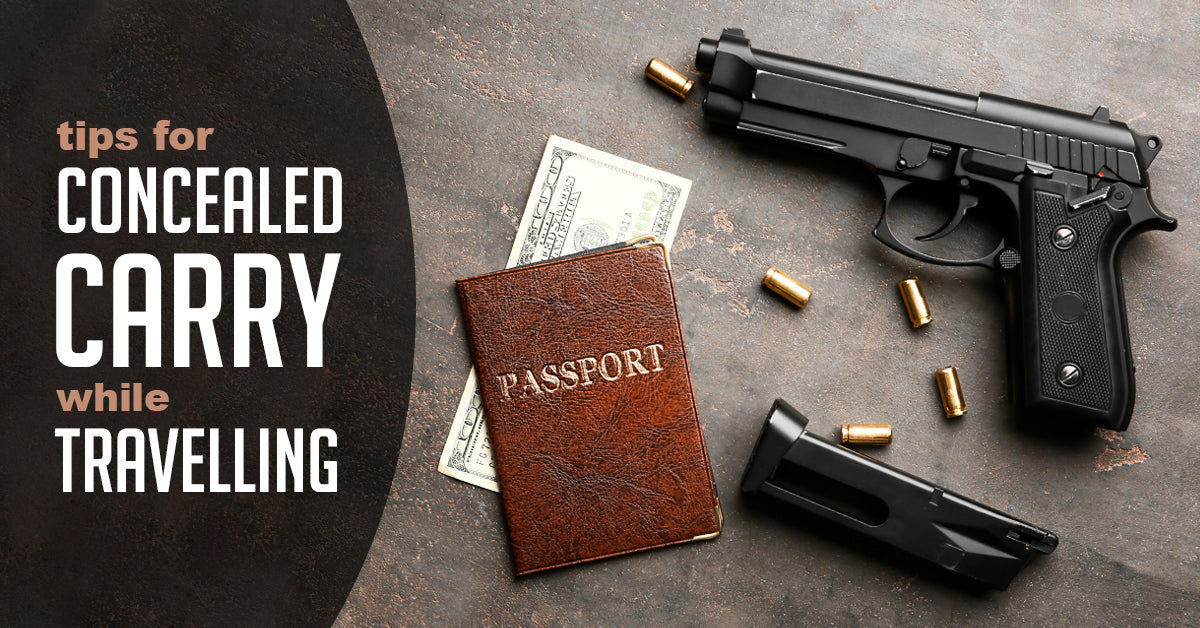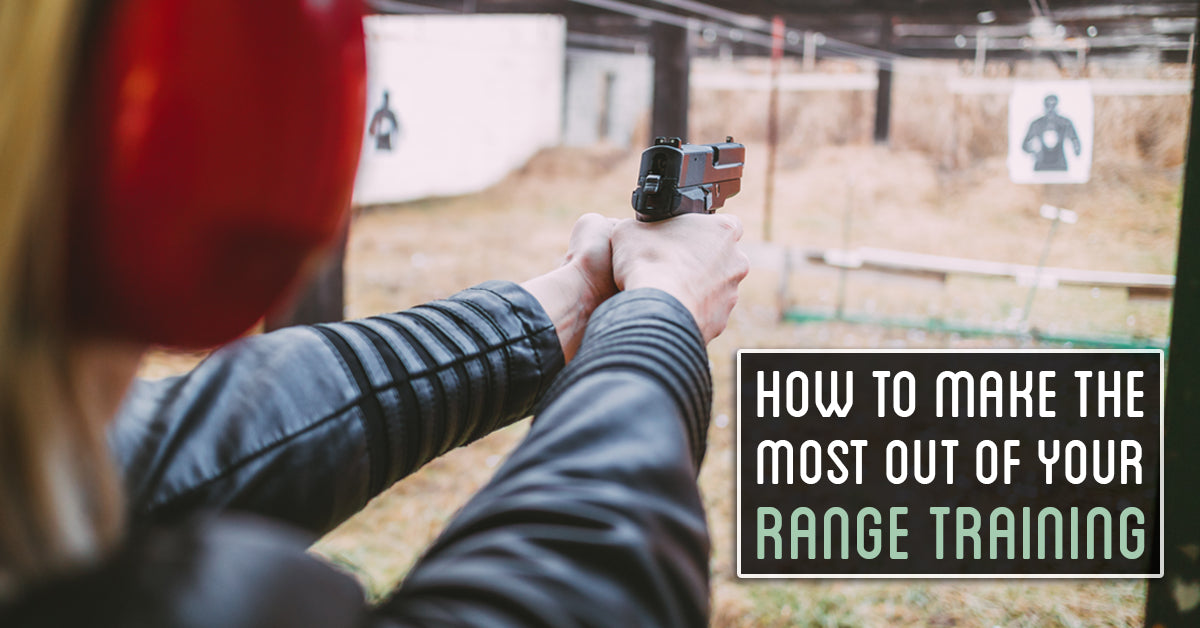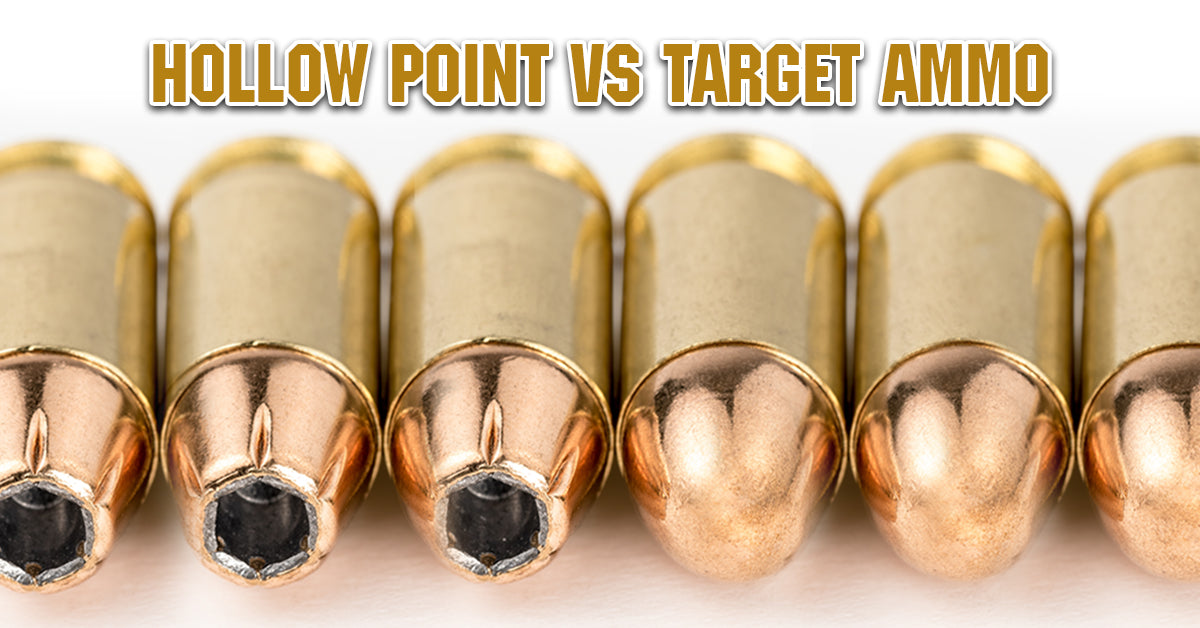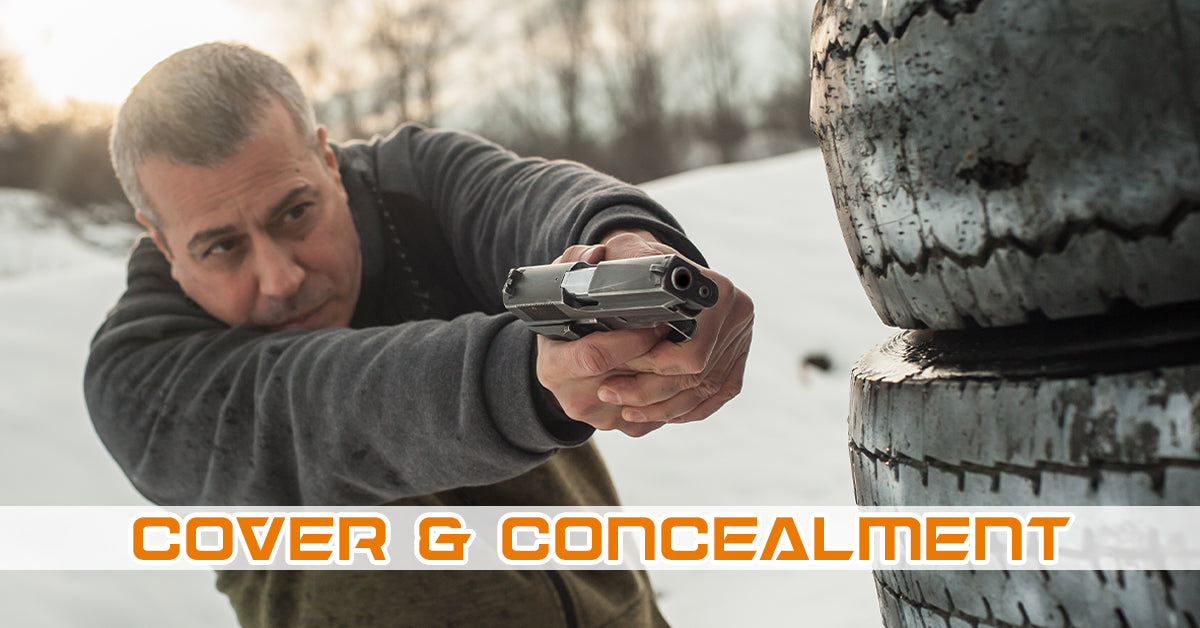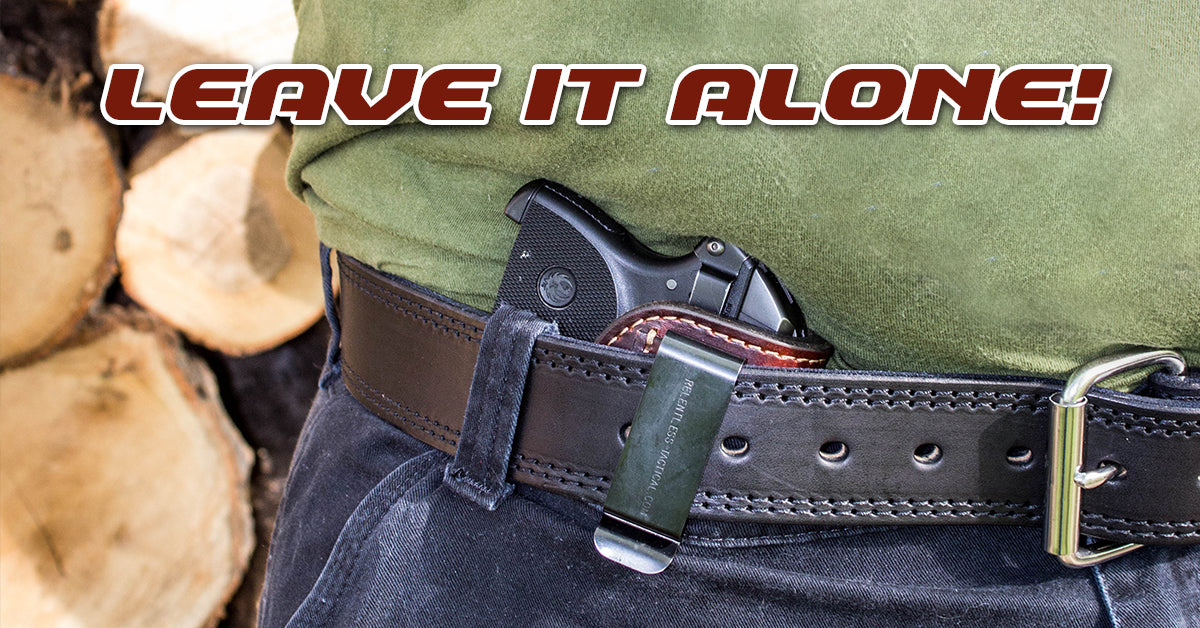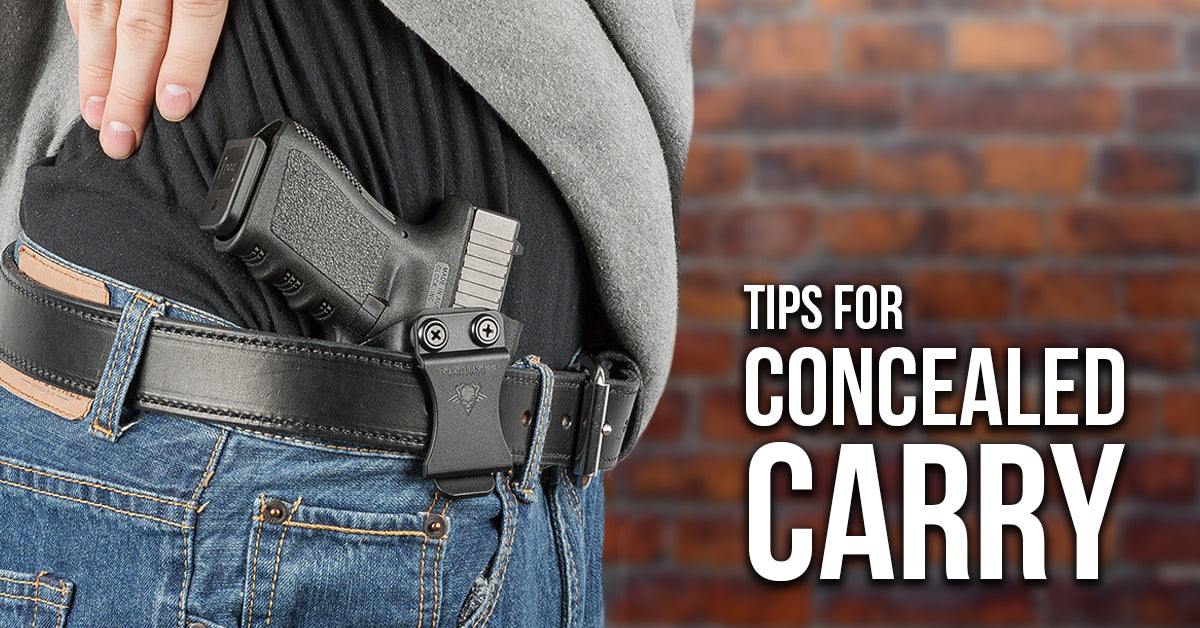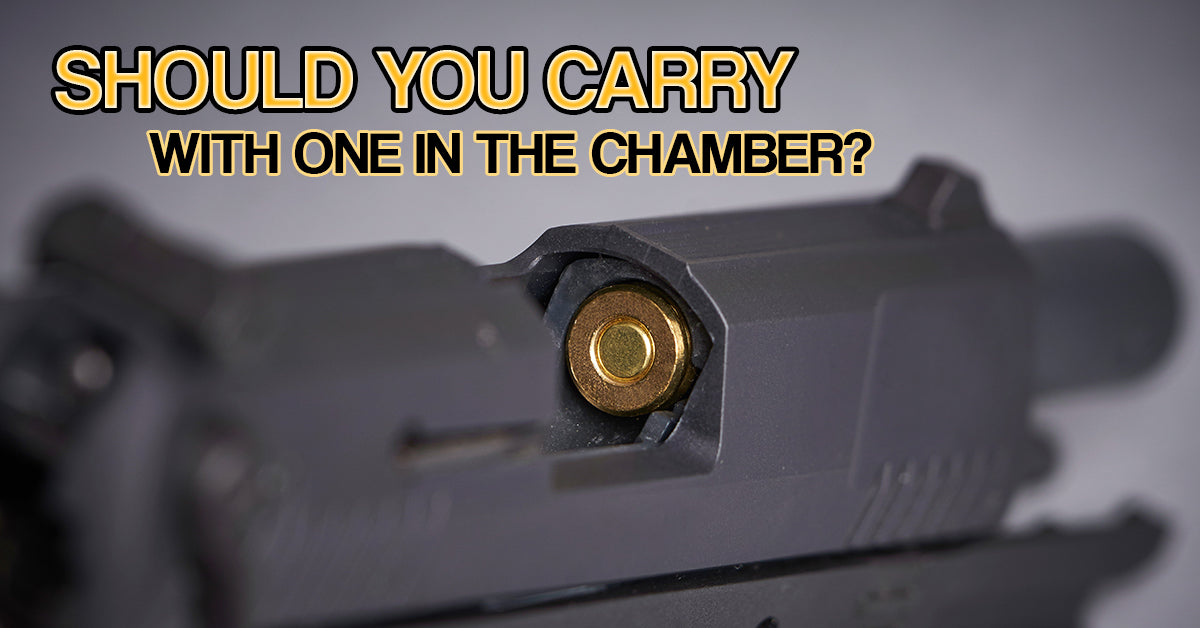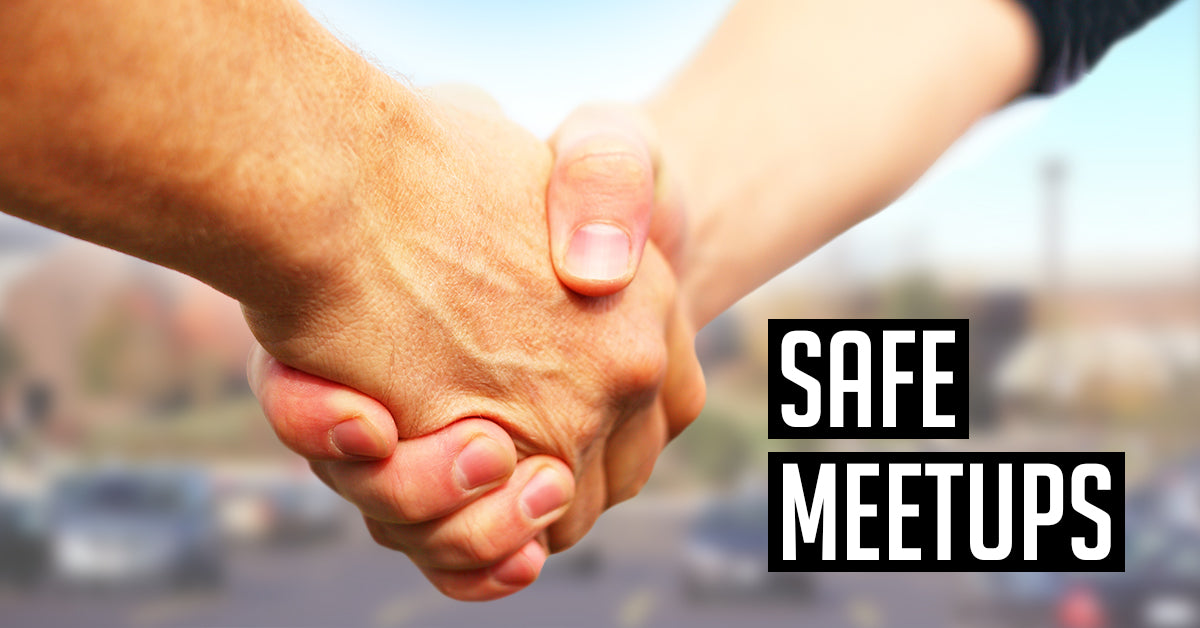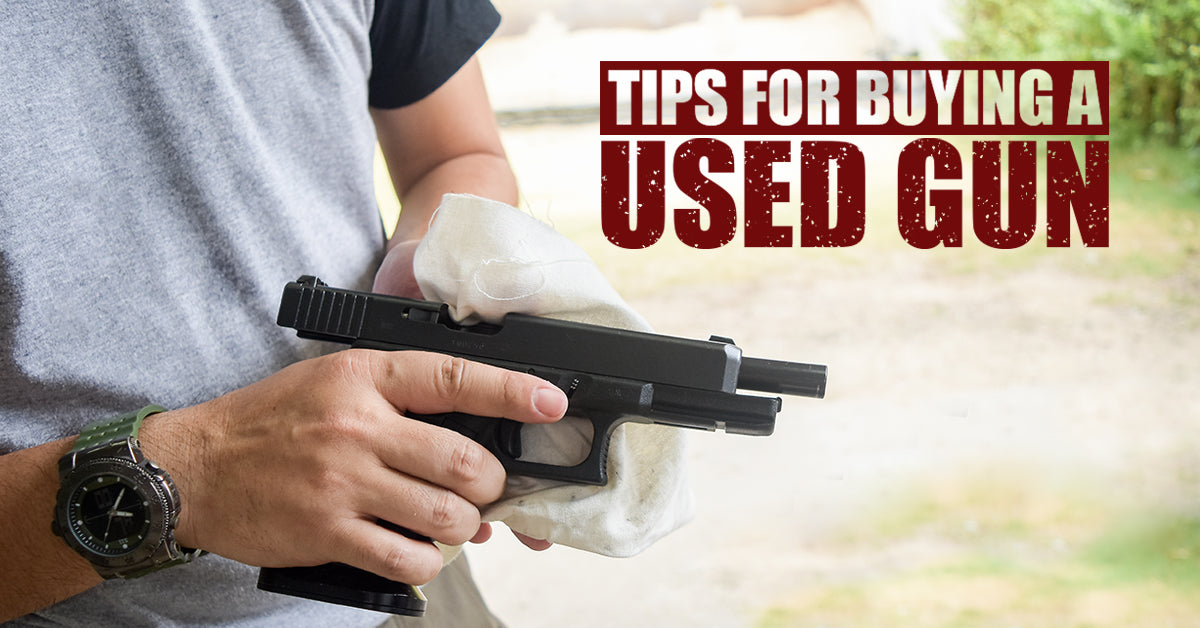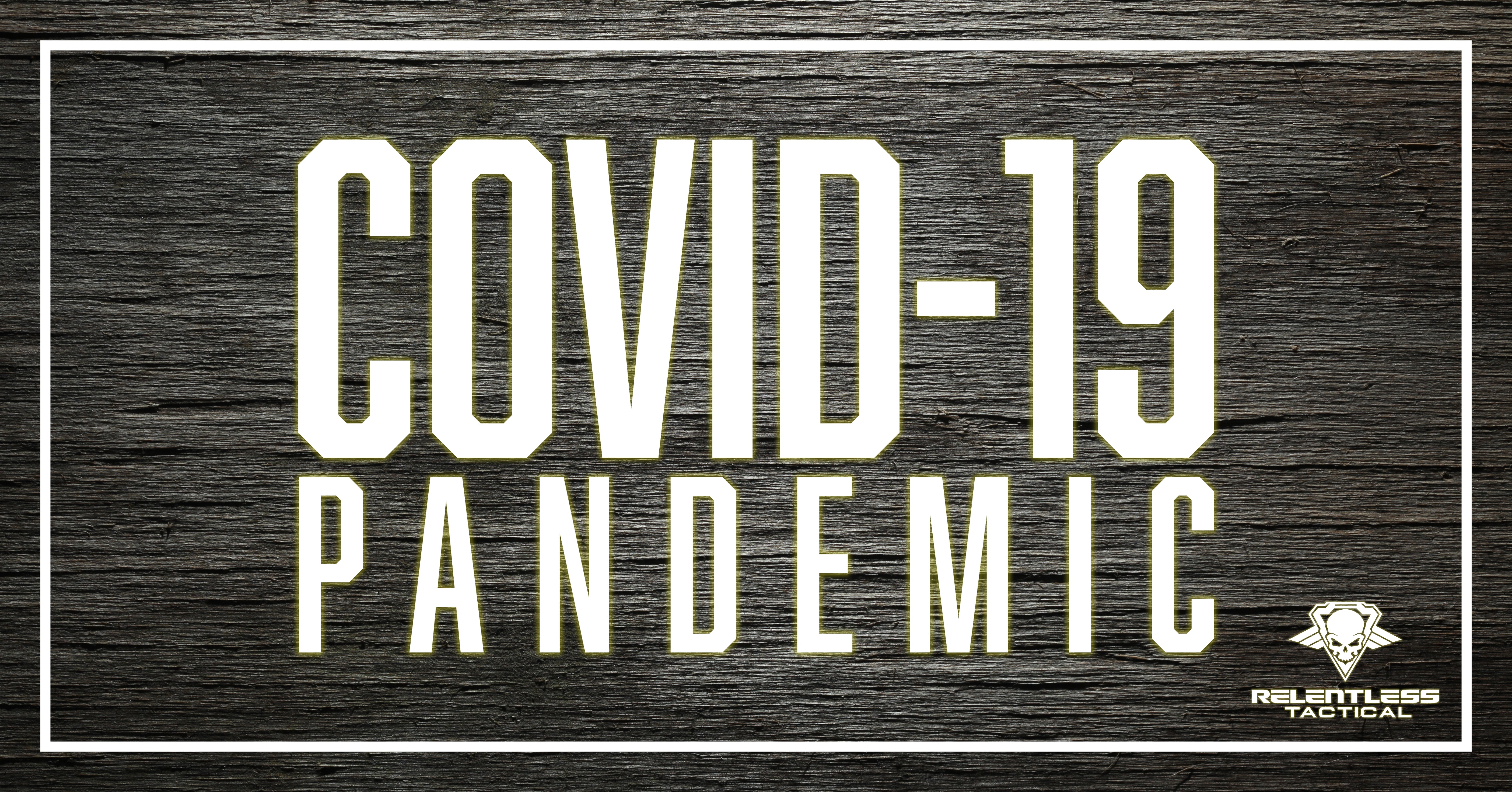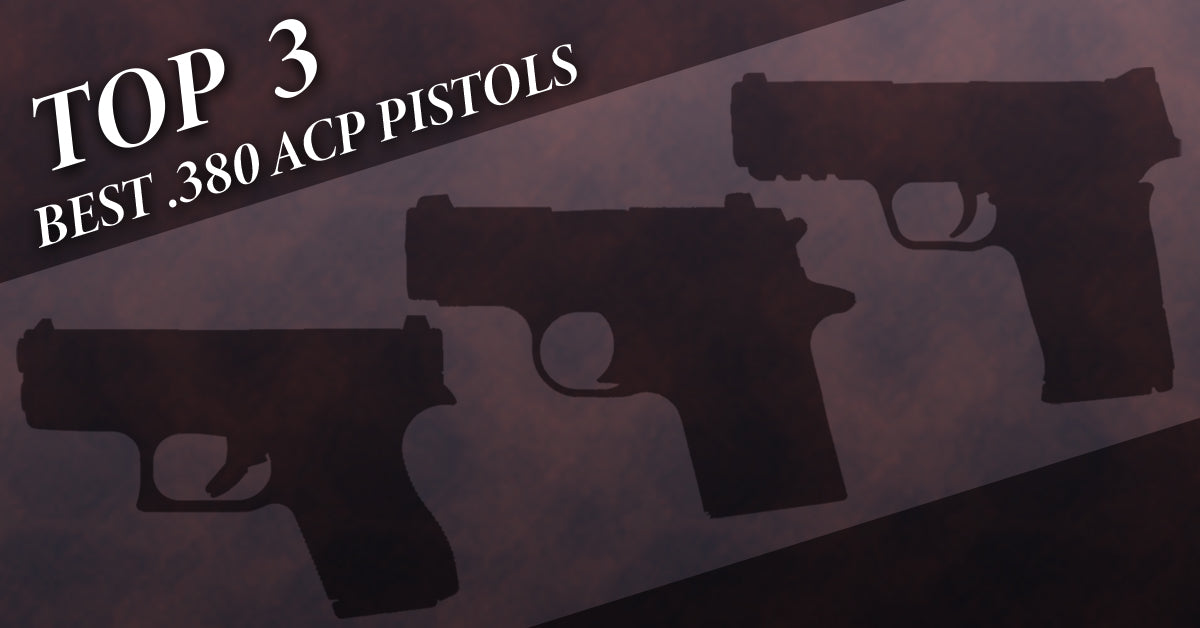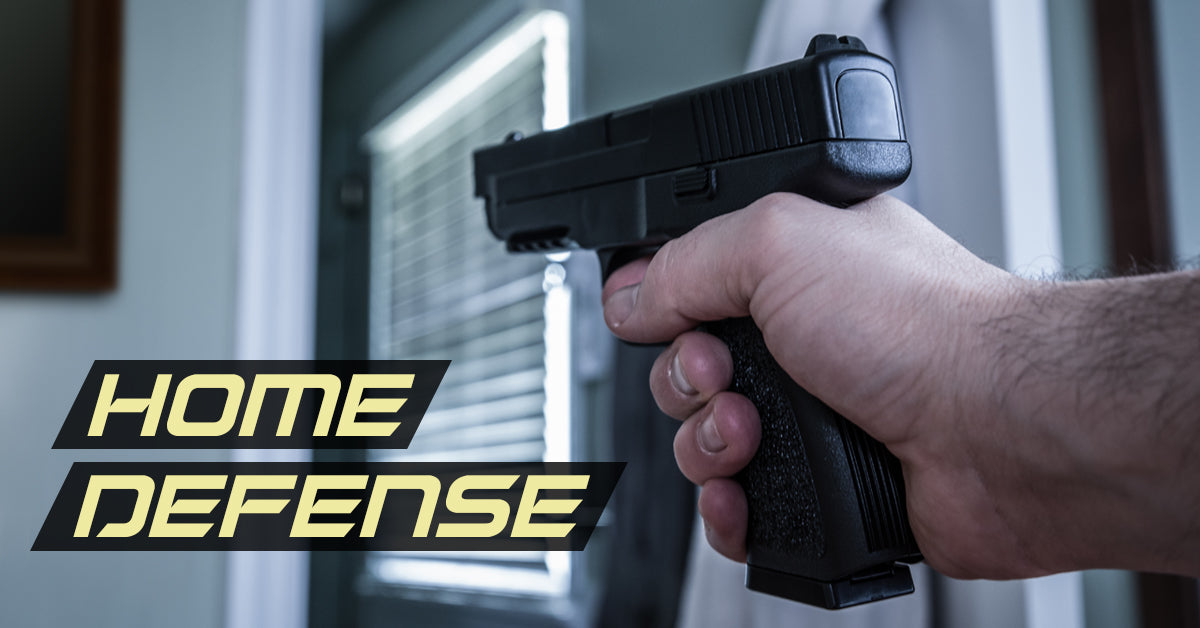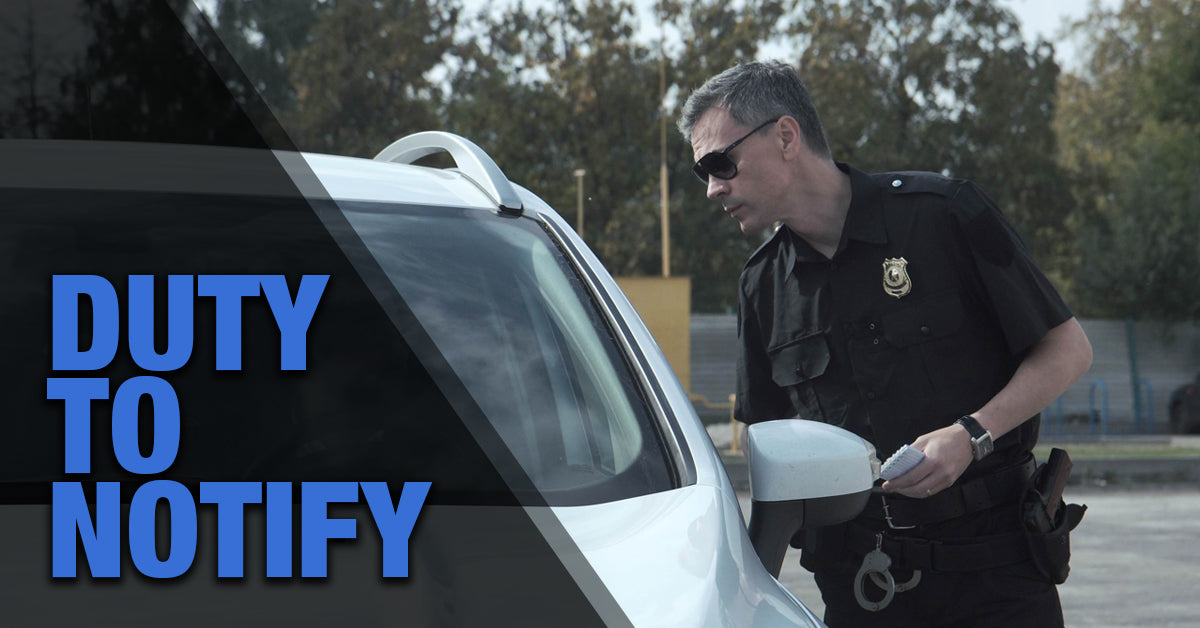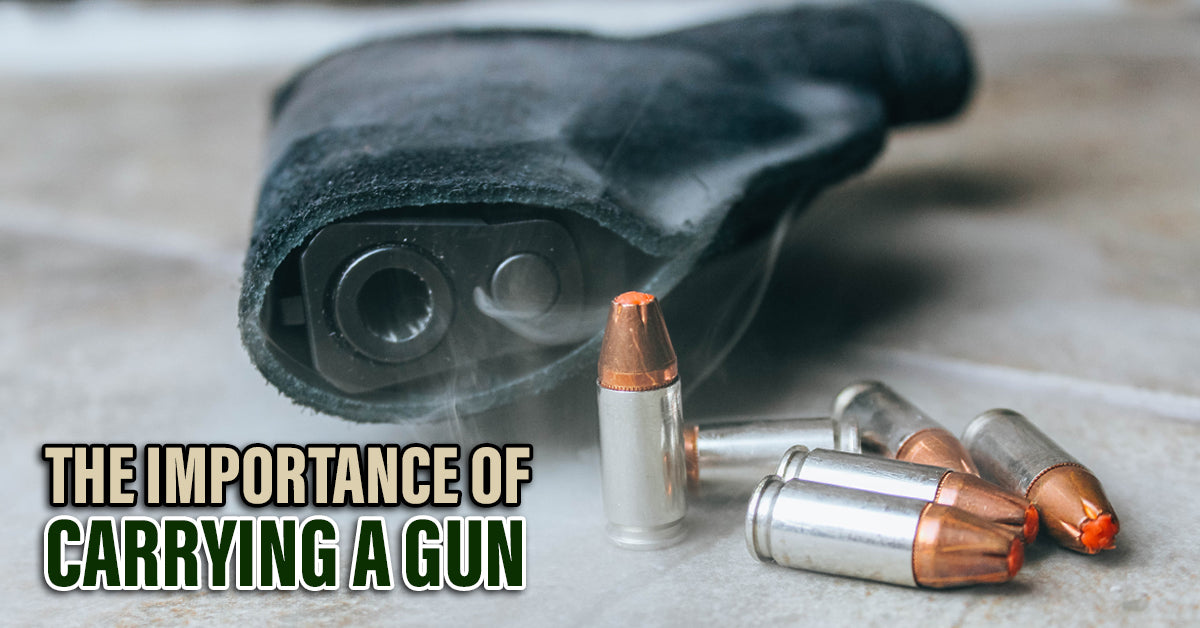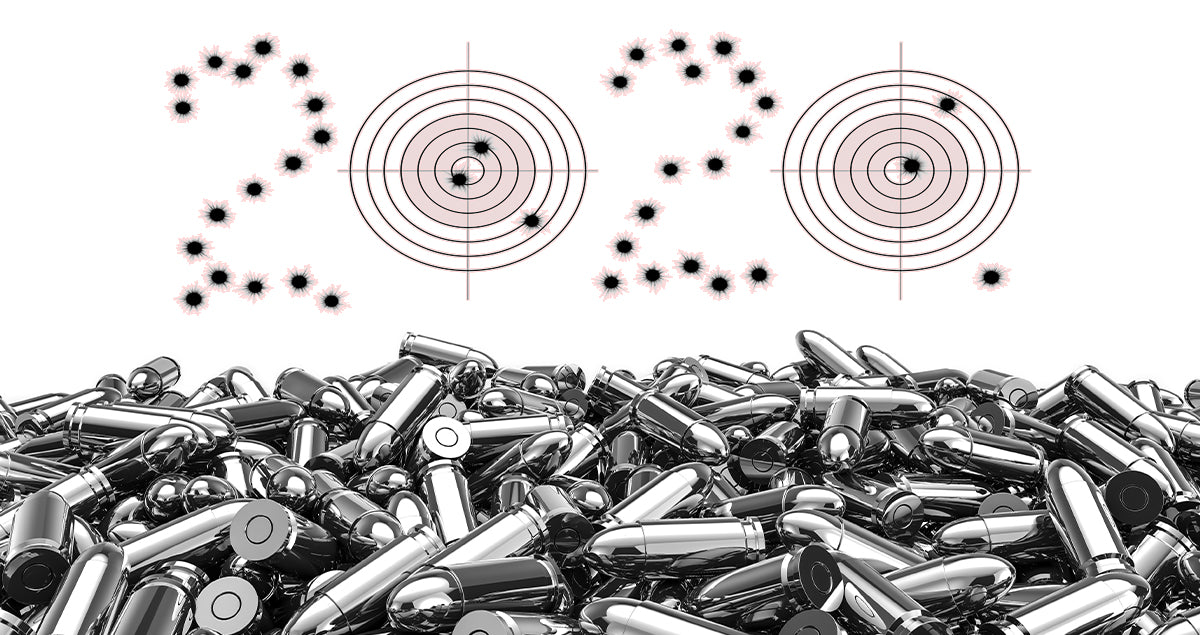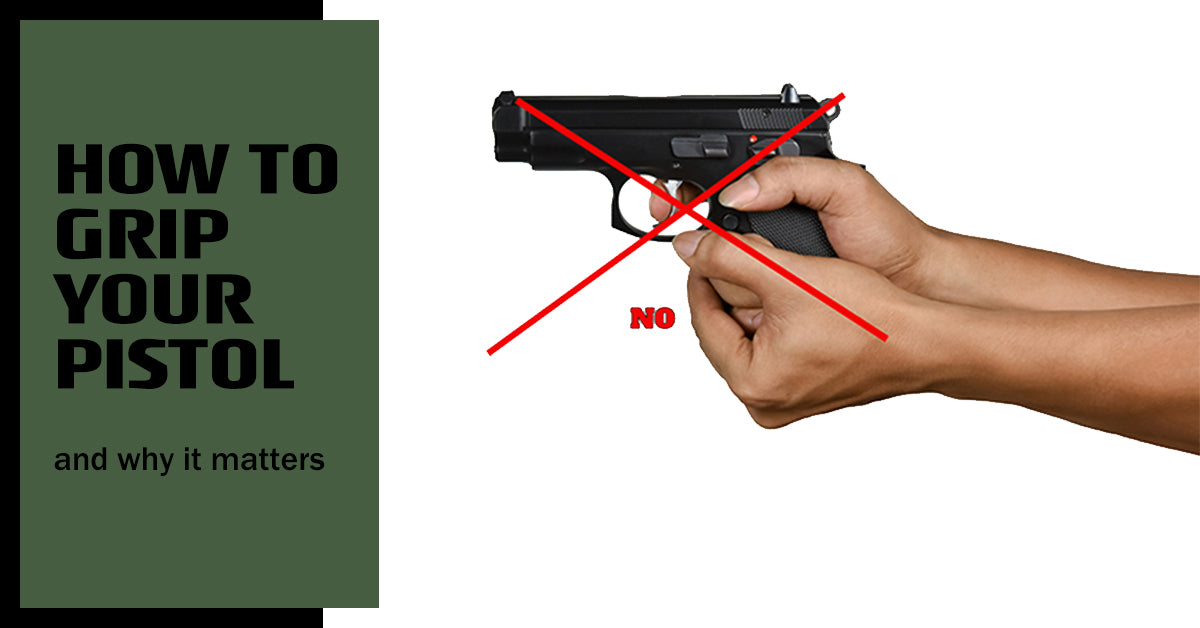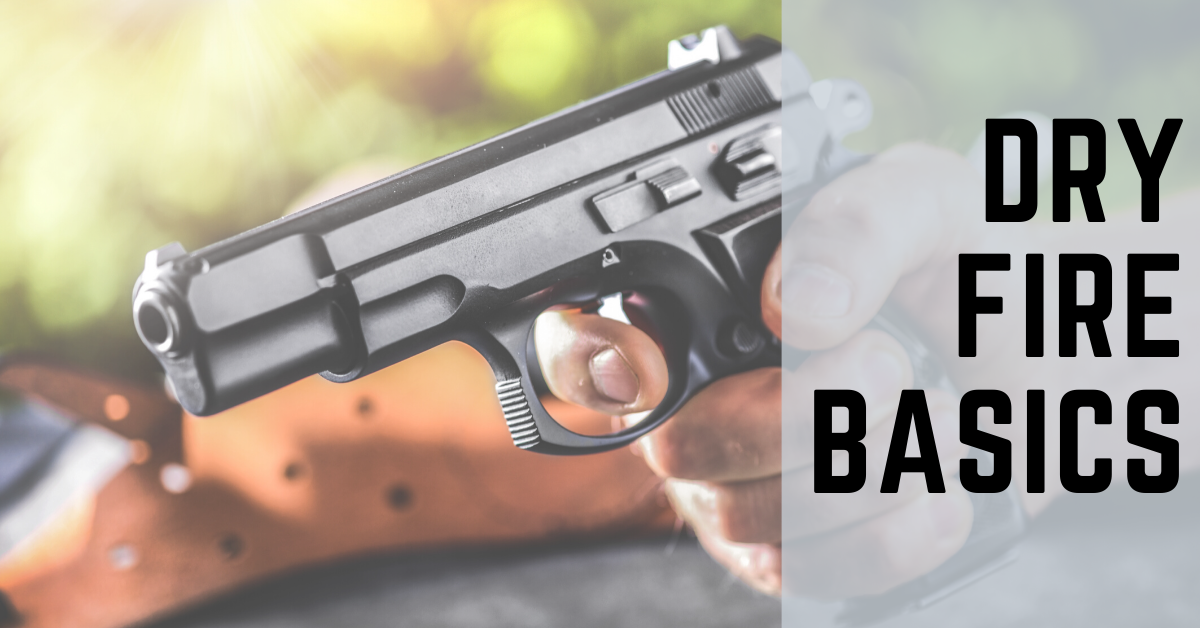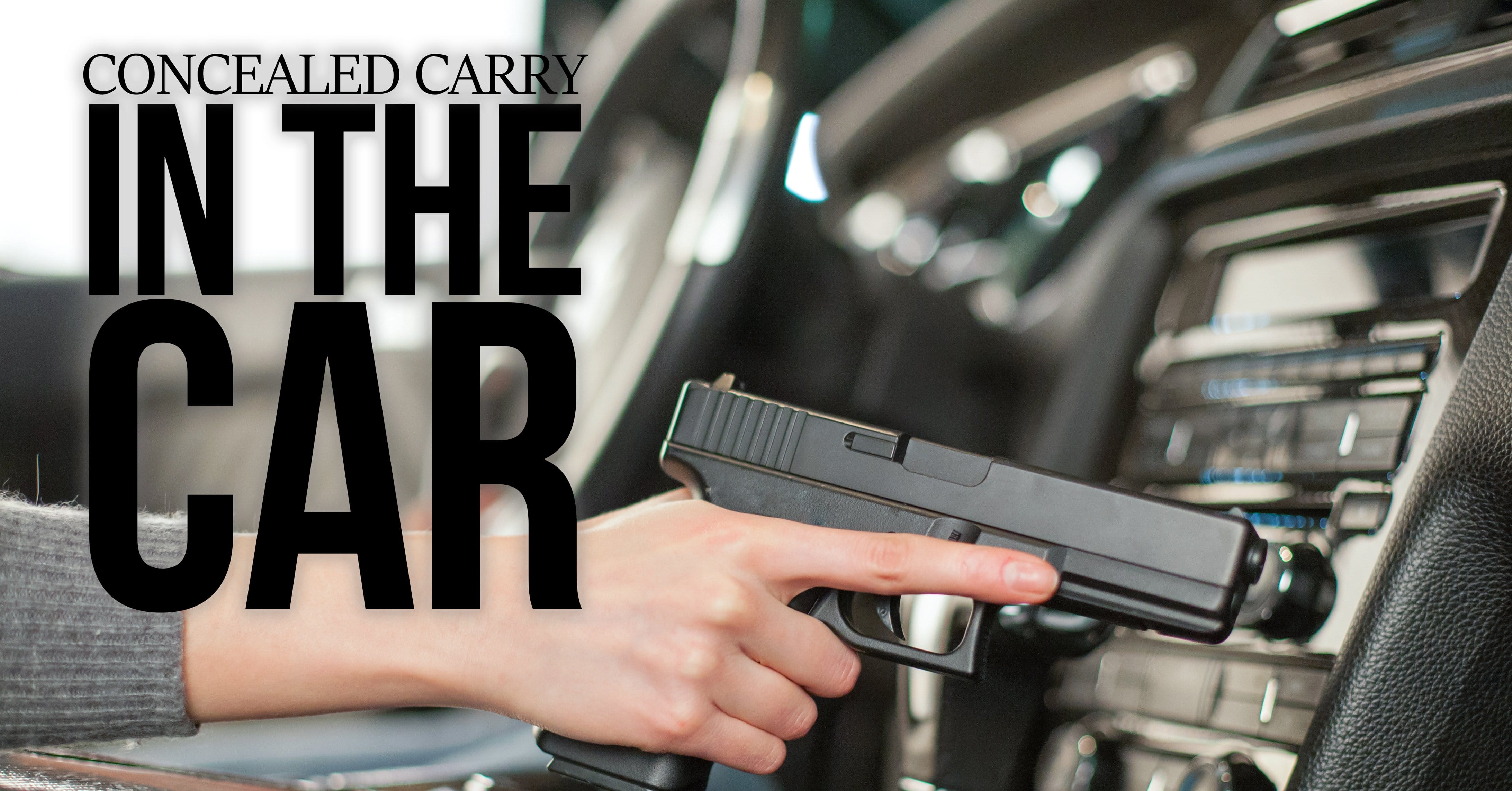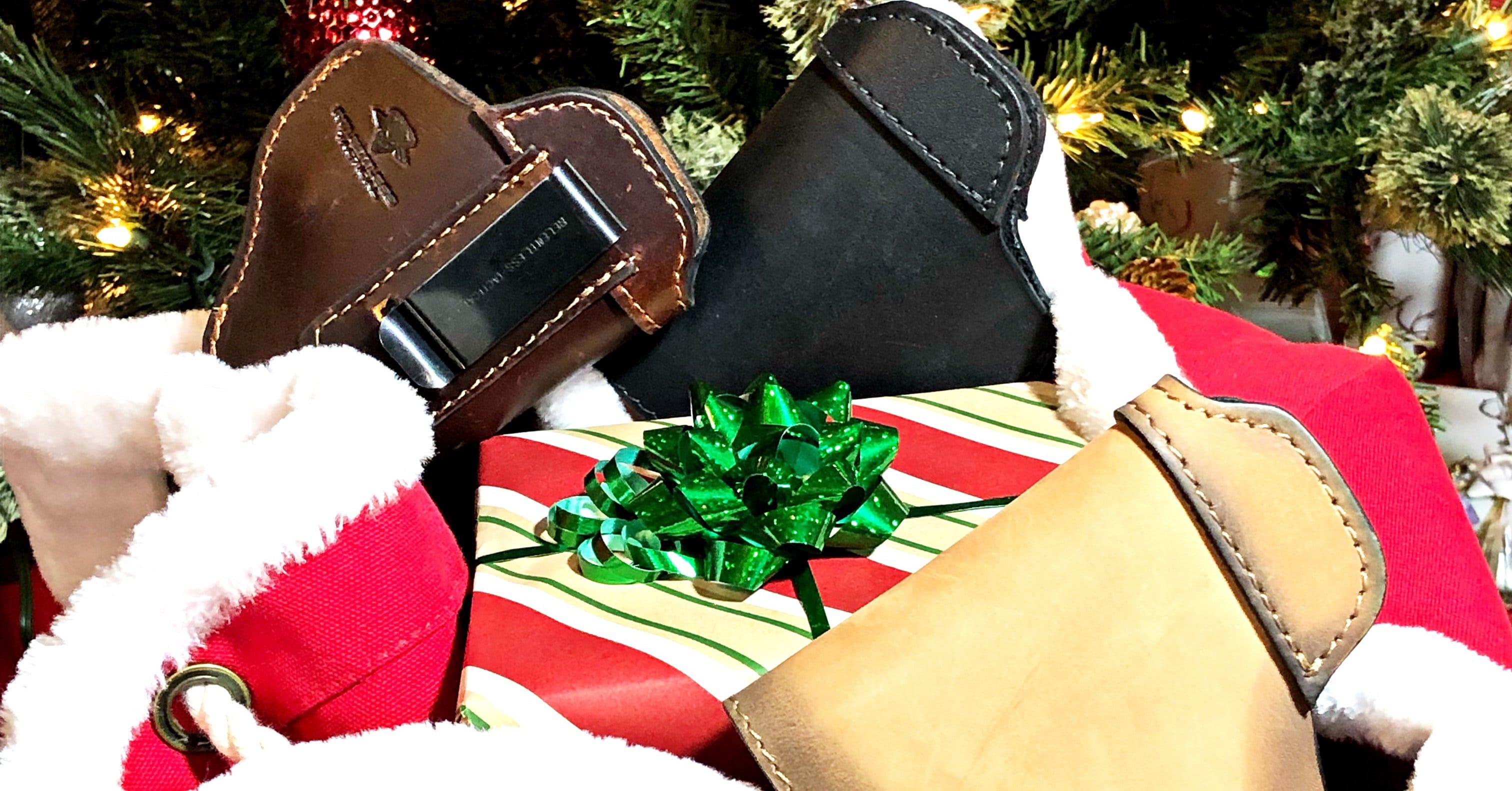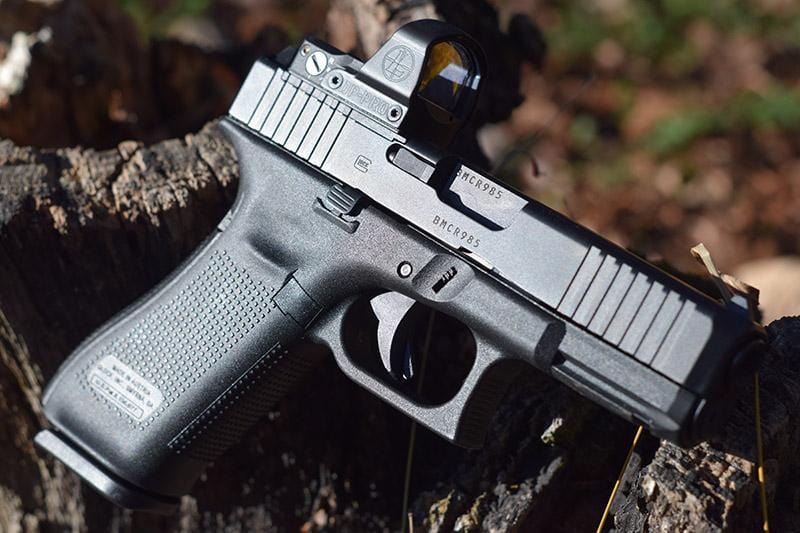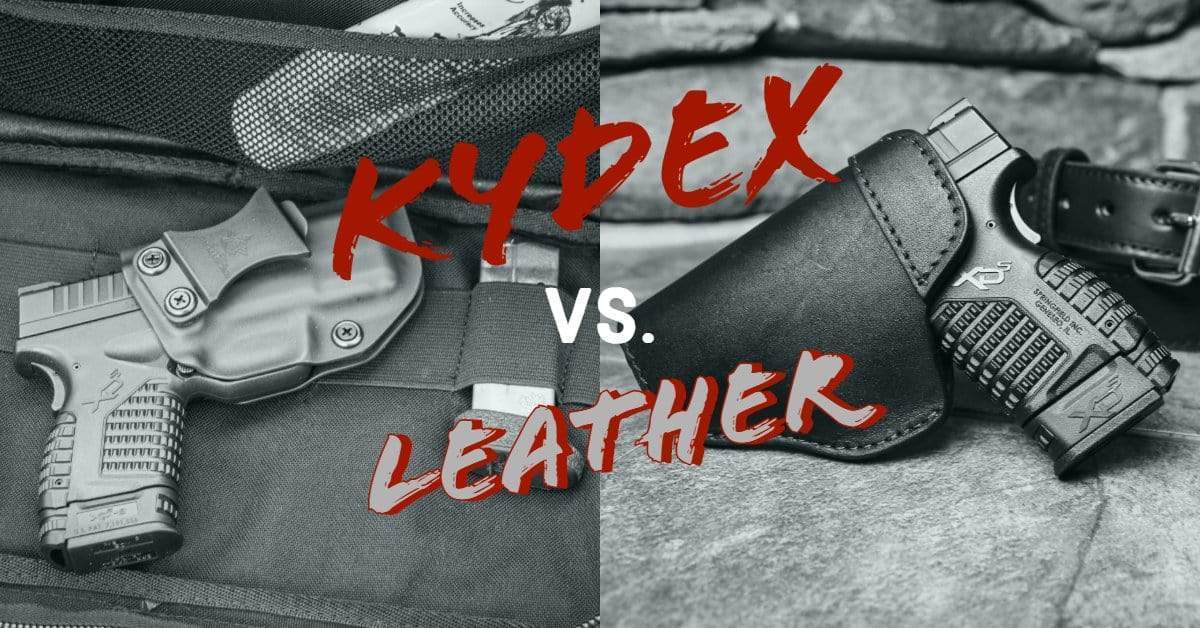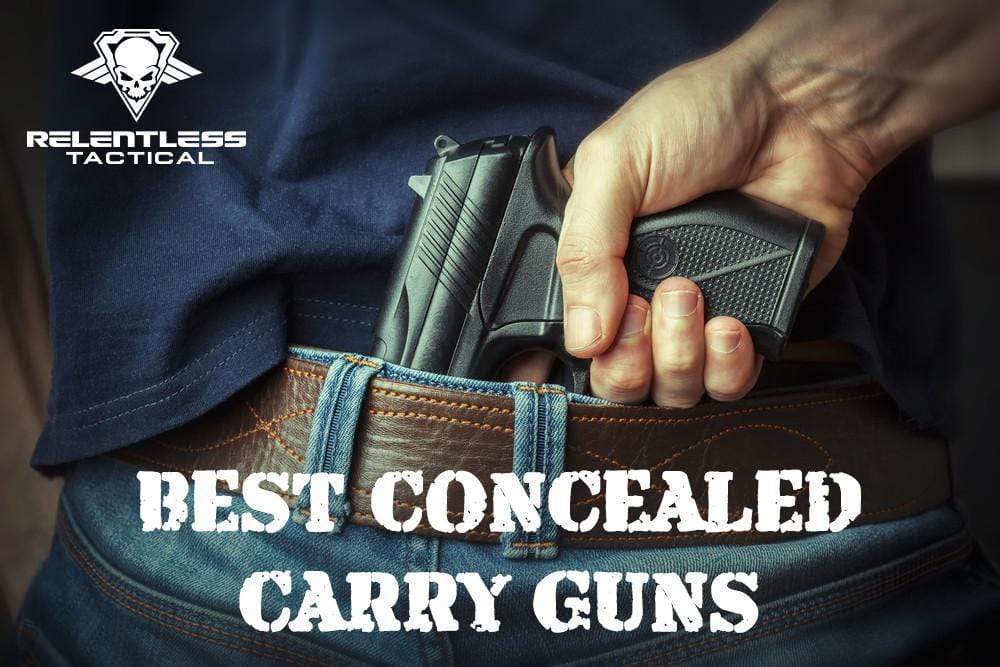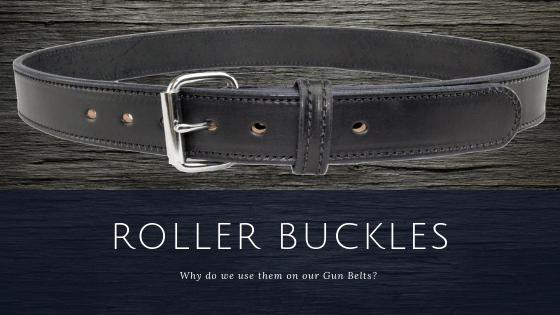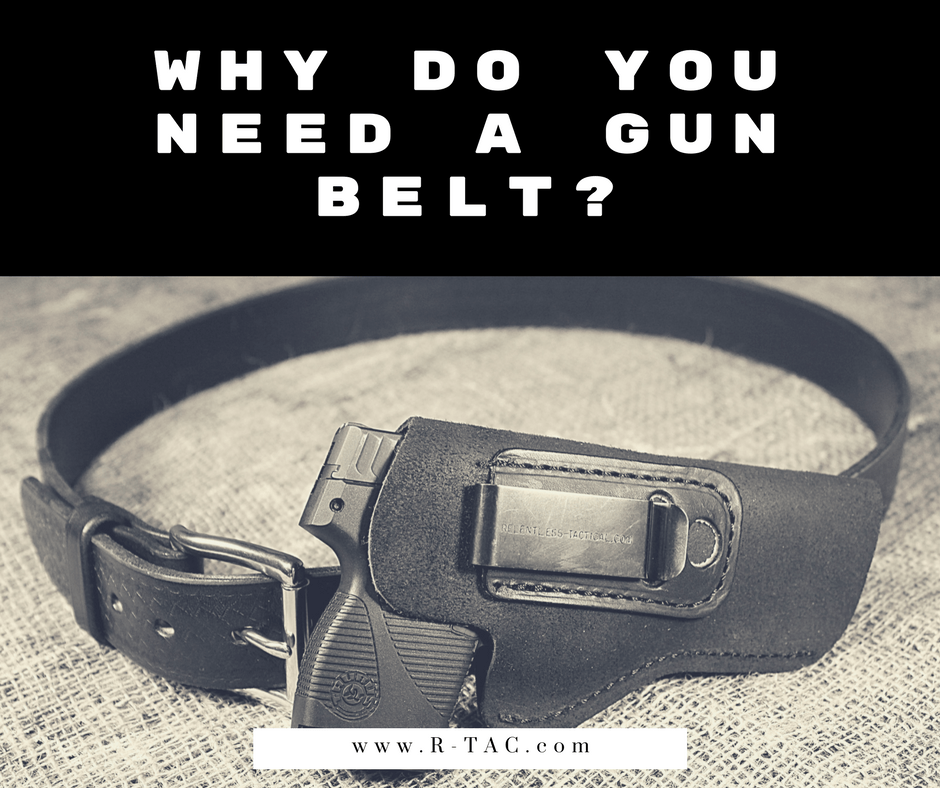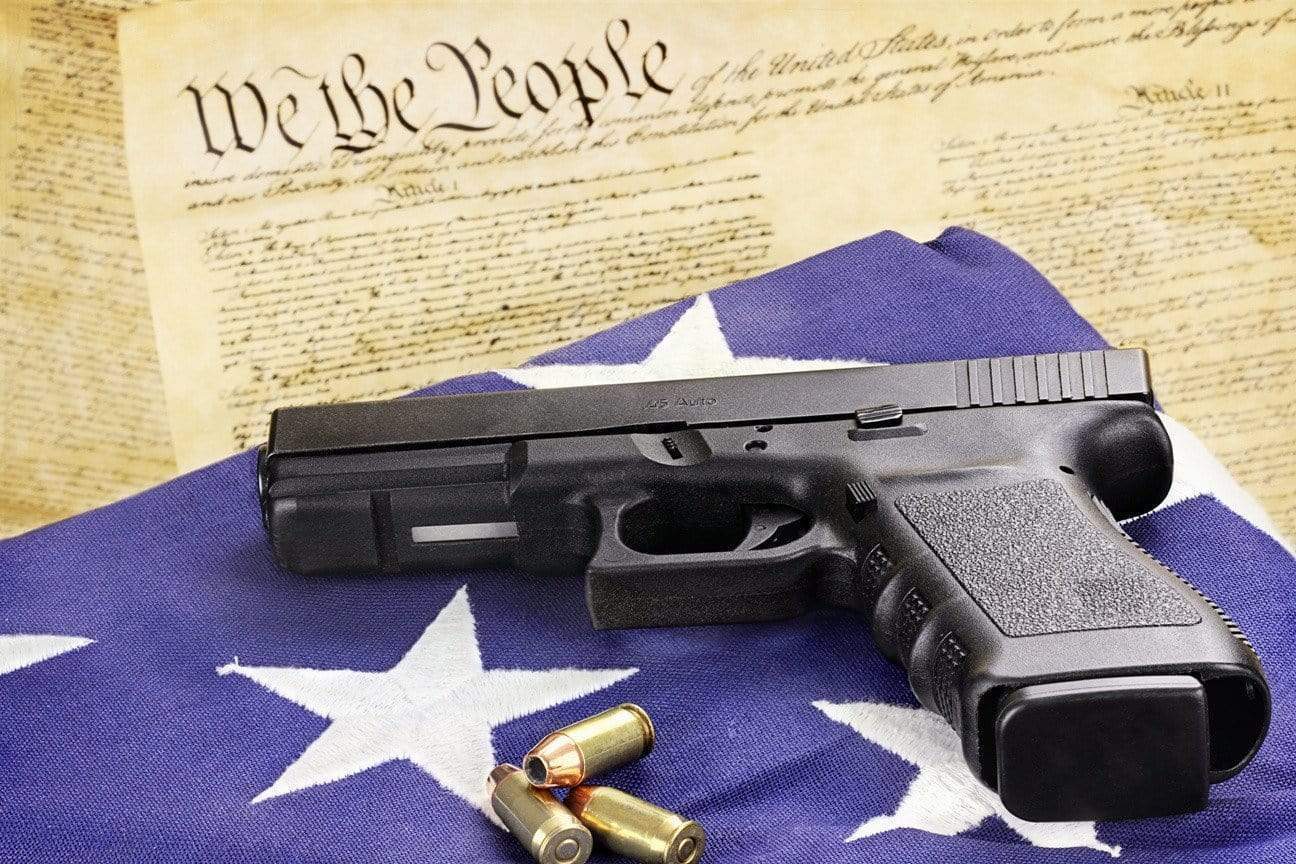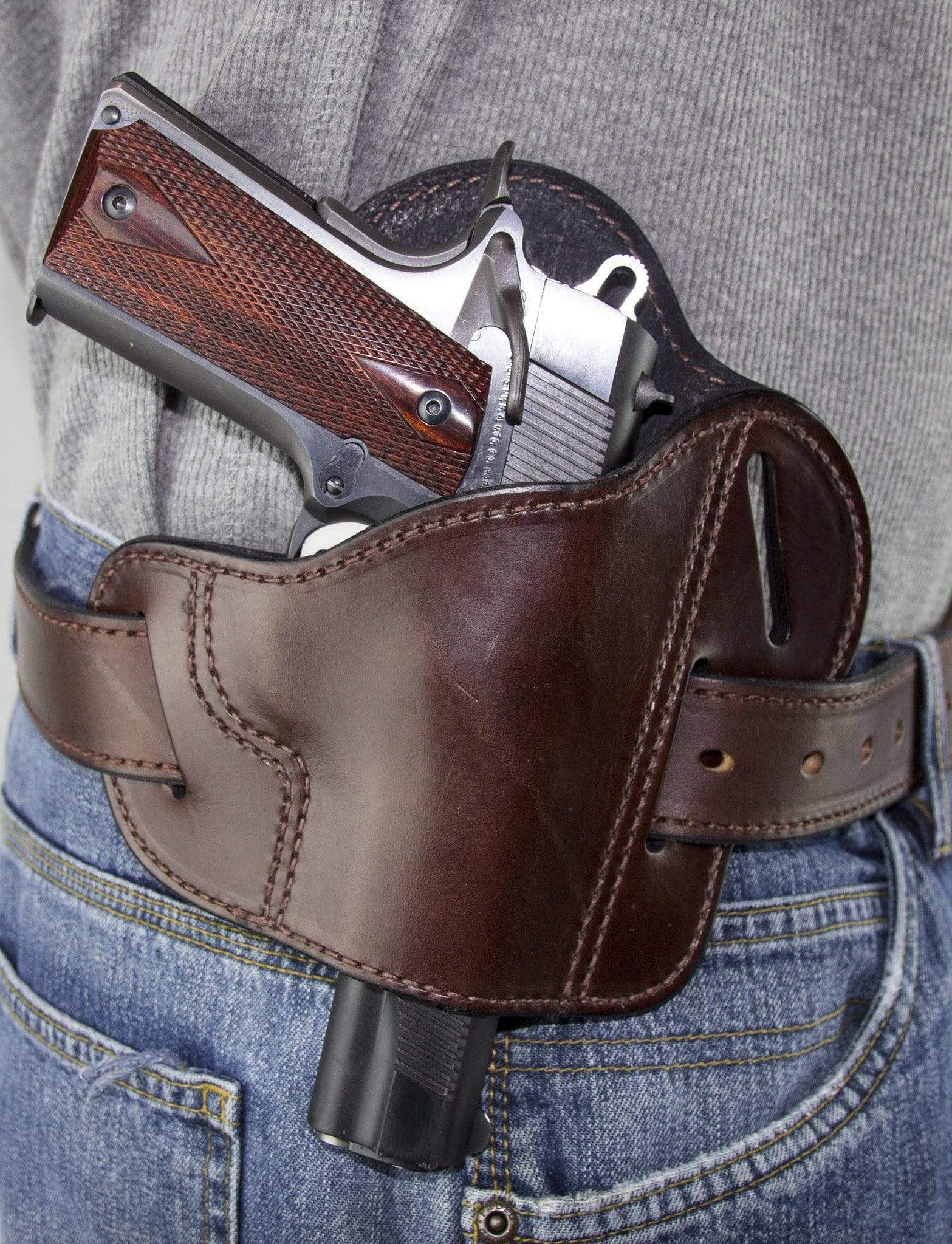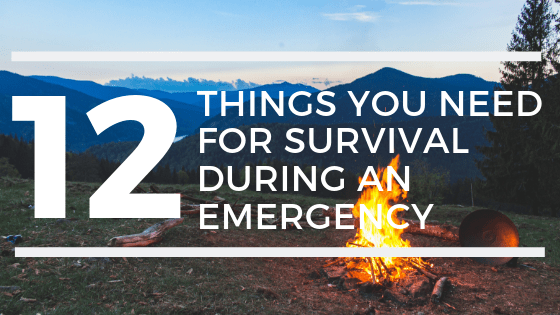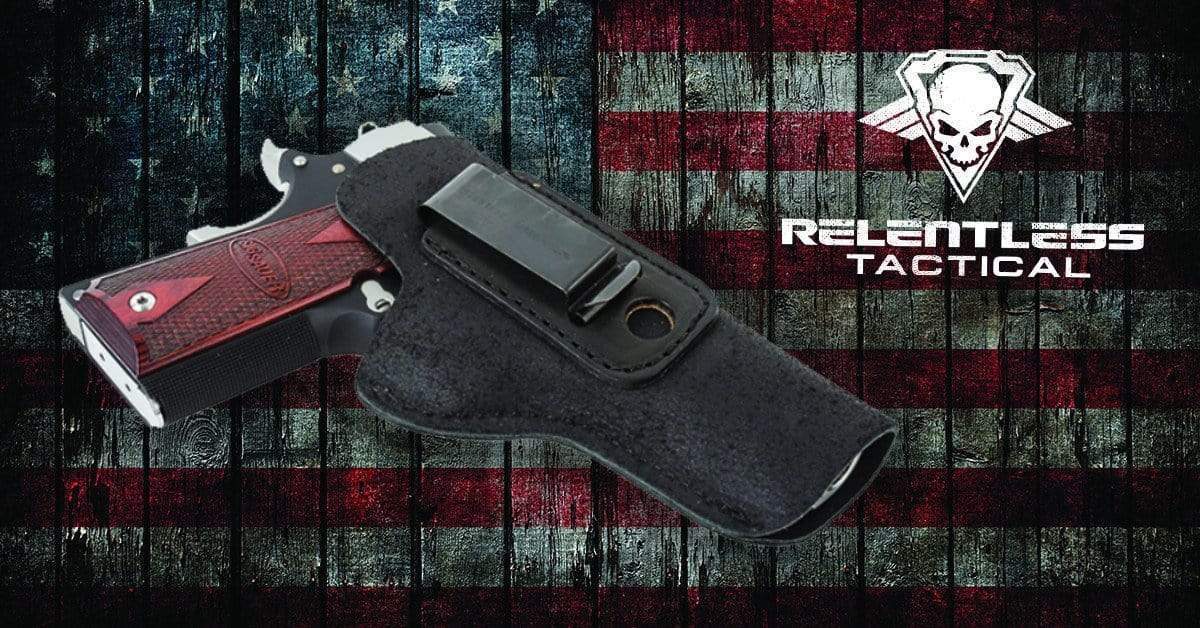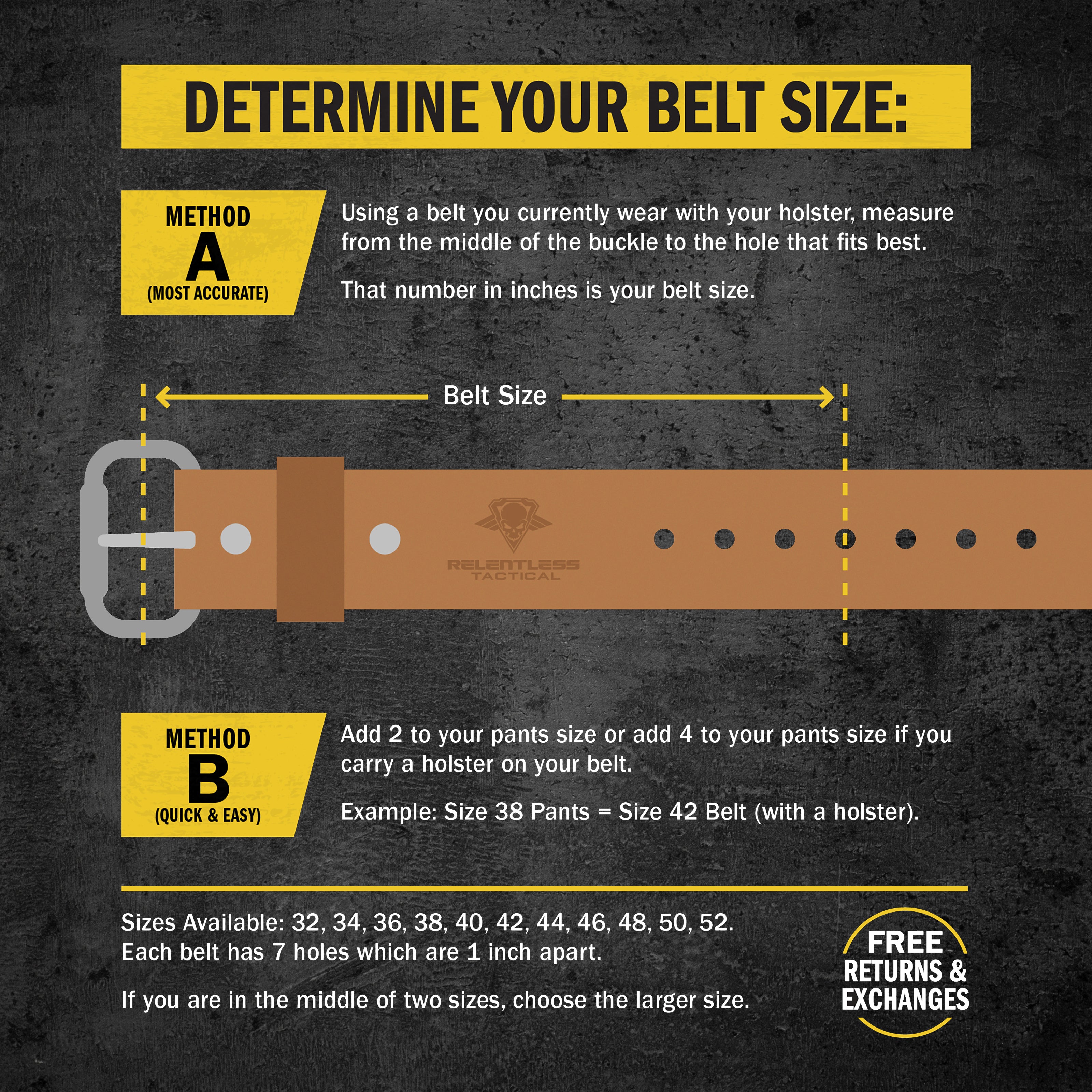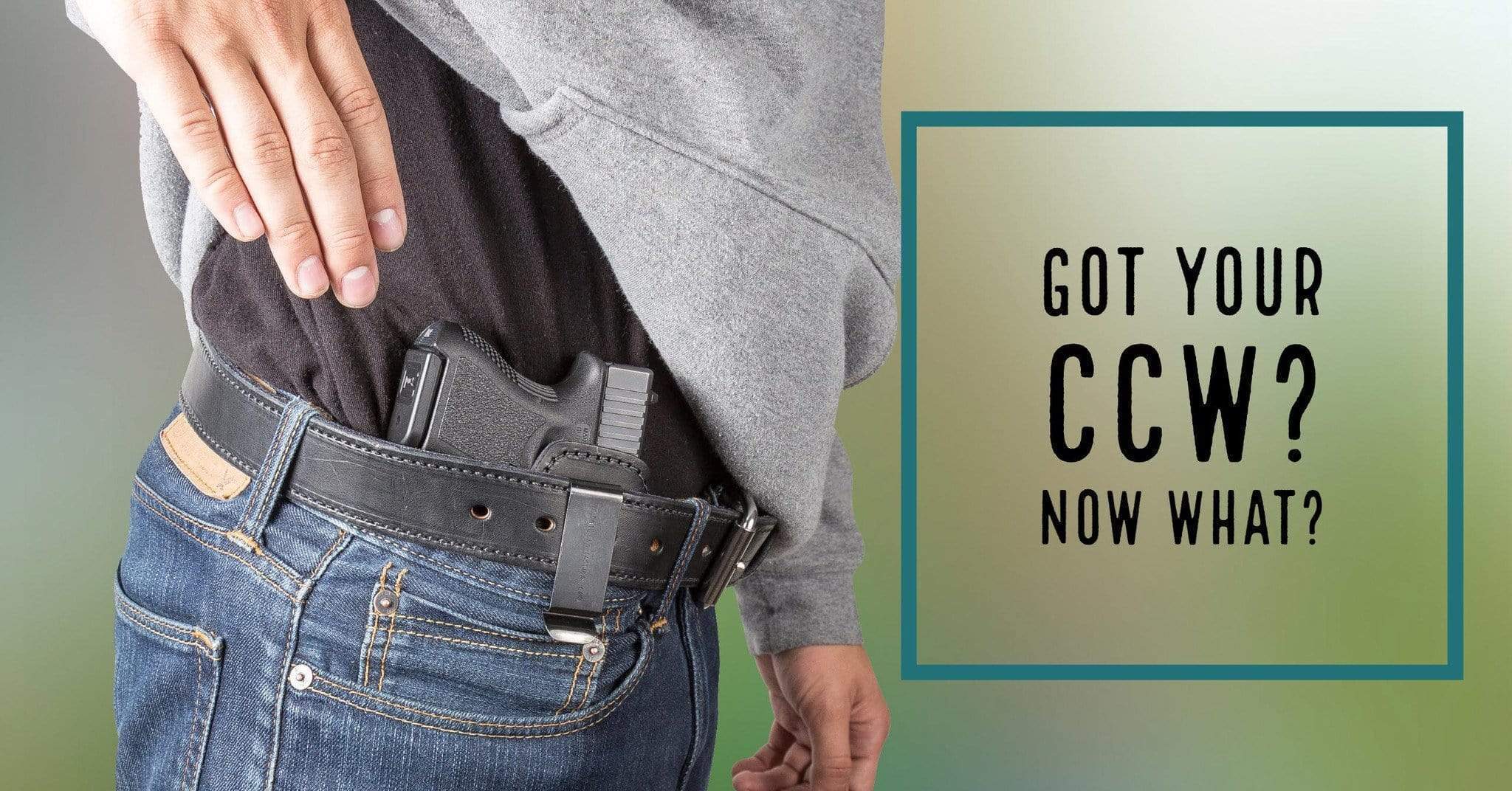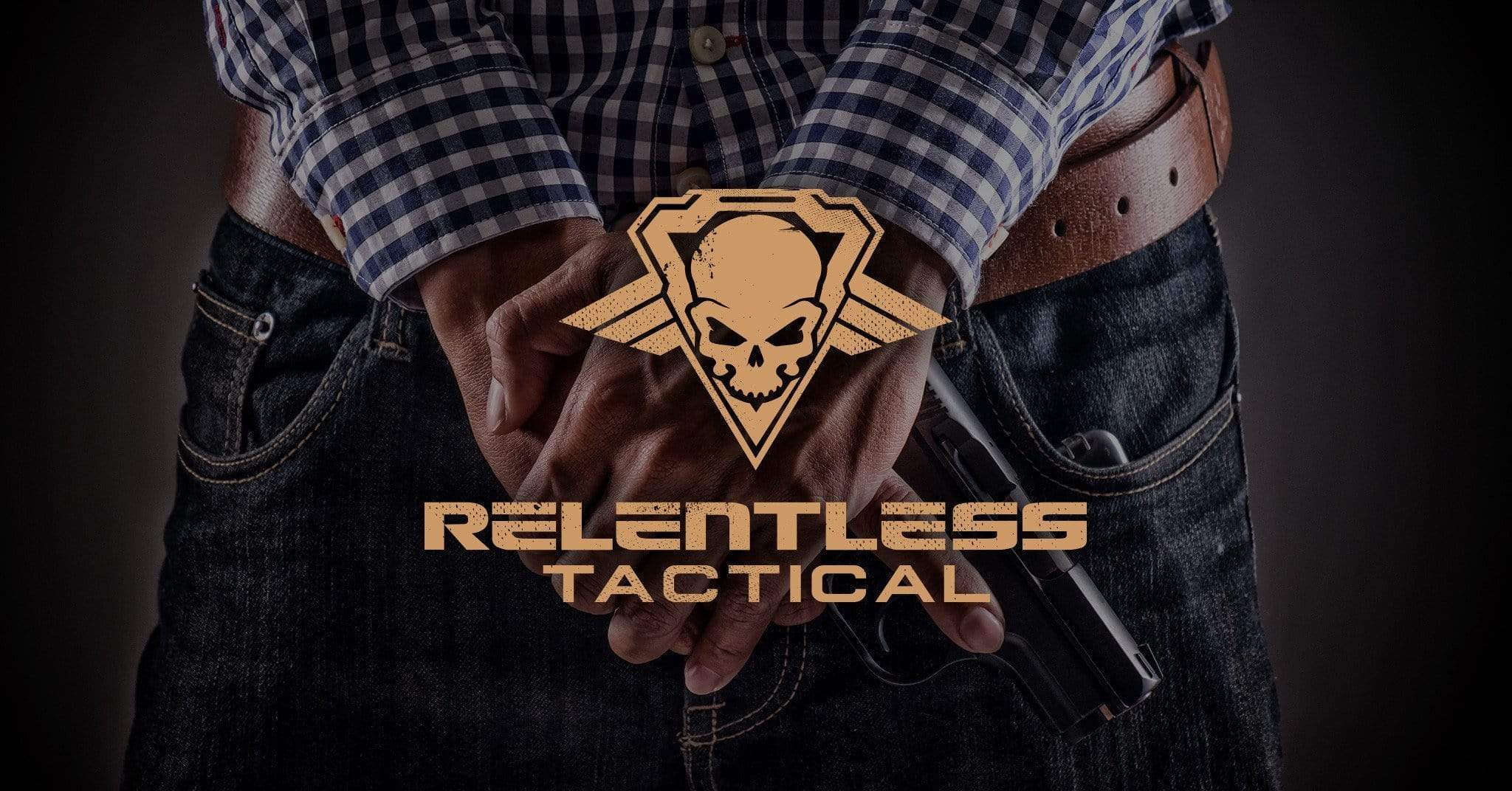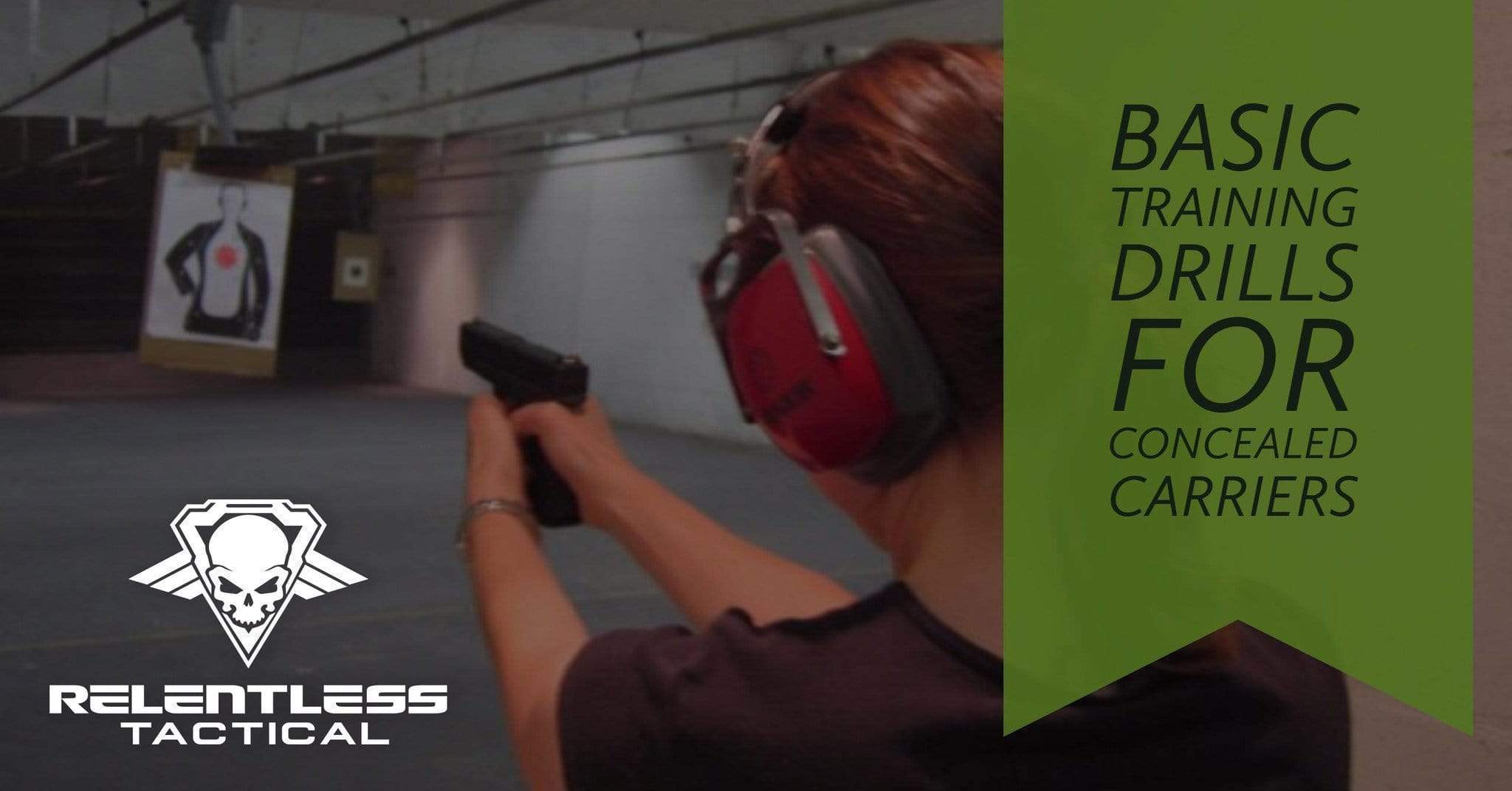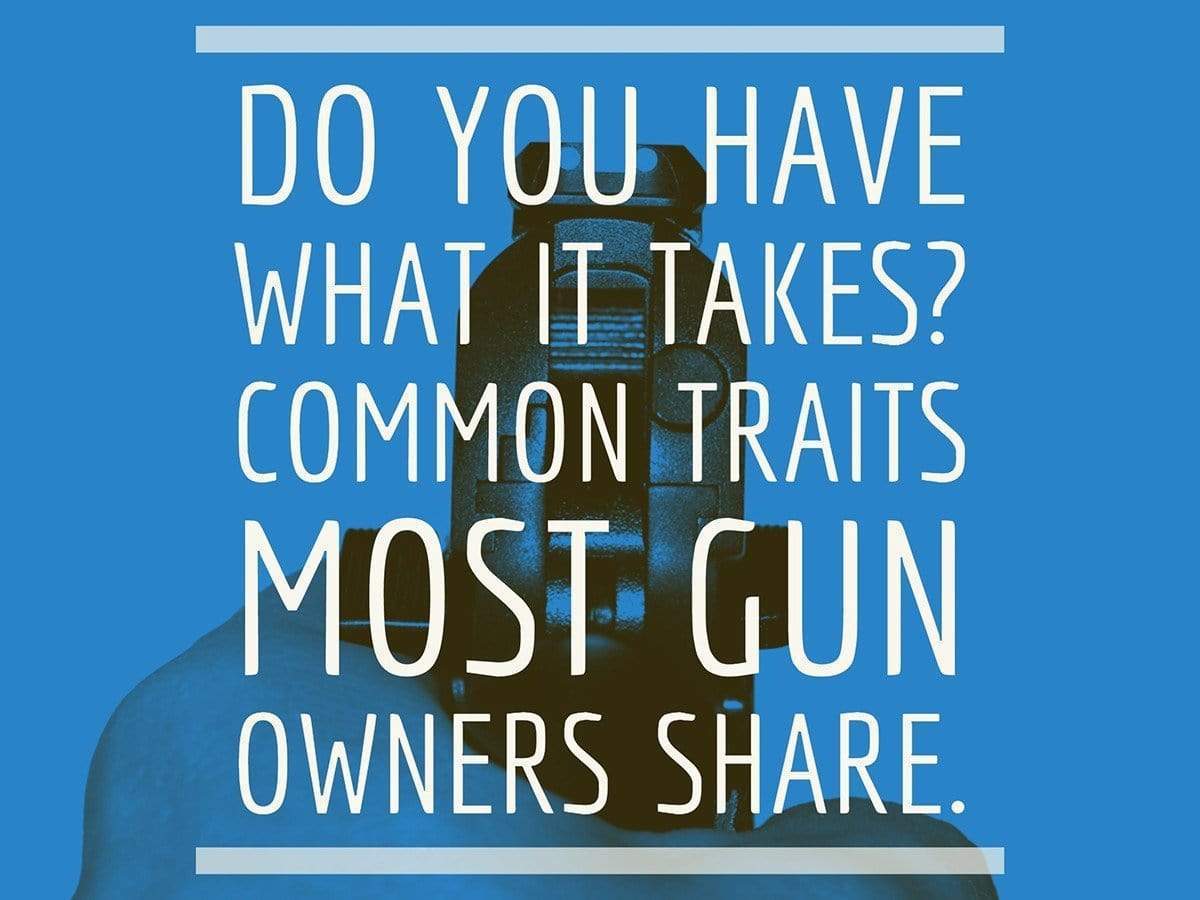Concealed Carry in Cold Weather
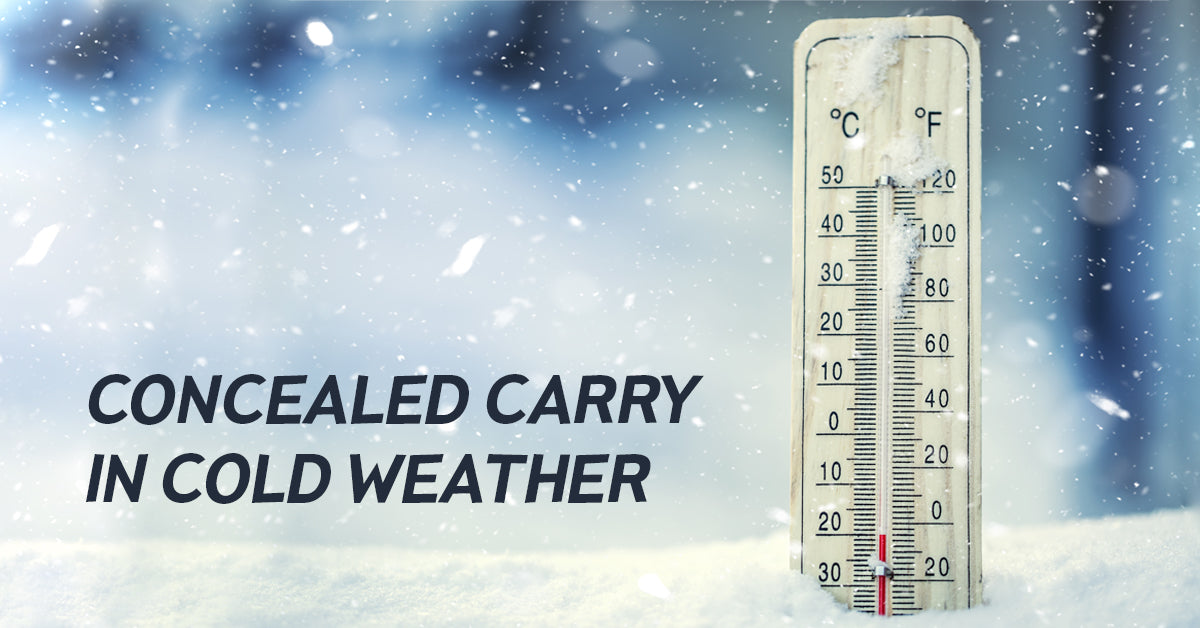
You are about to receive some unpopular advice regarding cold weather concealed carry that needs to be said. That advice is that you should likely carry the same gun year round, regardless of what the weather is like unless you meet certain criteria dictating otherwise. Before we move on, let’s break down why we say this and what we mean.
All too often on the Facebook gun groups, Reddit, and on gun forums, we see things like this: “Well, it’s cold out, I guess I can start to carry my big gun again.” The notion is that, since you’re wearing more clothes it’s easier to hide the gun on your body. And, of course, we all believe that having more ammunition on you is better than less.
While we understand the thought, this can be a dangerous way of thinking for if you shoot one gun better than the other, but carry either at any given time.
If you cannot shoot one gun as well as you can shoot the other, why would you carry it?
It all comes down to training and proficiency. How often do you train with the guns you plan to carry? The reason why this is important should hopefully be obvious, but it may not be so let’s break it down even further. If you carry a small gun in one position during the summer months, and a bigger gun in a different position during the winter months, and you don’t train to get your gun out of your holster, you could be setting yourself up for failure during a self-defense incident where you need to get your gun out in a hurry.
In the case of carrying in a different holster or in a different position, you could throw yourself off by reaching for a gun that’s not there, sitting higher or lower, etc.
In addition, the ergonomics, or the way the gun feels, may be different. Maybe you’re carrying a Glock 17 in the winter and a Ruger LCP in the summer, which are totally different guns that can throw you off if you’re only shooting and practicing with one of them.
A good goal with your shooting and practice would be being able to shoot anything with proficiency from a double action revolver to a single action 1911 and everything else in between. When you get to this point, it doesn’t matter what you’re carrying or if it’s cold or warm, as long as you’re carrying. A good indicator that you’re not ready to carry different guns is if you say something like, “well I shoot that gun better than this gun.” If you say something along those lines, you’re likely not there yet.
Until you get to the point where you can say “I can shoot all of my guns equally well” you should ONLY be carrying the one you do shoot well. There are many reasons why this is true, but for this article we’ll just look at two of them:
The first one, is that you have a better chance at coming out on top against the bad guy you need to defend yourself against. When you can shoot the gun you’re carrying well, it means you can effectively protect yourself because you’ve built up confidence with that gun. You know the ergonomics, where the trigger breaks, where it resets, etc. You can shoot this gun well because you’ve shot it a bunch of times.
Second, and just as important, is that you have a lesser chance of taking innocent life when you’re proficient with your gun for all of the reasons mentioned above.
Ideally, you’ll be practicing with any of the guns you carry, and not just shooting them. You’ll also need to practice your draw stroke and getting on target--which obviously includes your holster. If you keep practicing, at some point you’ll be able to say you shoot both guns equally well, and back it up.
However, if you regularly find yourself outside in the cold weather, it’s a good idea to go shooting at an outside range to experience shooting in the cold. Try to be as you normally are during that time for as long as you can. If you don’t wear gloves, you should shoot during your cold weather training without them. If you do wear them whenever you’re out and about, shoot with them. If you wear mittens, practice taking them off and getting to your gun.
Train how you are, not just during the warmer months, but year round so that you’re as proficient as possible should the time ever come when you need to defend yourself.
Just because it’s cold or snowing where you are doesn’t mean you shouldn’t be training, especially if you’re carrying a gun in the cold and may need to defend yourself. You should be proficient shooting your gun in any conditions.
In conclusion, it’s not a good idea to carry a gun that you don’t shoot well. After all, you do carry a gun for self-defense, and you stand a better chance at winning your fight if you can actually hit your target. When you get to the point that you shoot all your guns equally well any time of year, just know that we’ve got holsters for all of them.
All too often on the Facebook gun groups, Reddit, and on gun forums, we see things like this: “Well, it’s cold out, I guess I can start to carry my big gun again.” The notion is that, since you’re wearing more clothes it’s easier to hide the gun on your body. And, of course, we all believe that having more ammunition on you is better than less.
While we understand the thought, this can be a dangerous way of thinking for if you shoot one gun better than the other, but carry either at any given time.
If you cannot shoot one gun as well as you can shoot the other, why would you carry it?
It all comes down to training and proficiency. How often do you train with the guns you plan to carry? The reason why this is important should hopefully be obvious, but it may not be so let’s break it down even further. If you carry a small gun in one position during the summer months, and a bigger gun in a different position during the winter months, and you don’t train to get your gun out of your holster, you could be setting yourself up for failure during a self-defense incident where you need to get your gun out in a hurry.
In the case of carrying in a different holster or in a different position, you could throw yourself off by reaching for a gun that’s not there, sitting higher or lower, etc.
In addition, the ergonomics, or the way the gun feels, may be different. Maybe you’re carrying a Glock 17 in the winter and a Ruger LCP in the summer, which are totally different guns that can throw you off if you’re only shooting and practicing with one of them.
A good goal with your shooting and practice would be being able to shoot anything with proficiency from a double action revolver to a single action 1911 and everything else in between. When you get to this point, it doesn’t matter what you’re carrying or if it’s cold or warm, as long as you’re carrying. A good indicator that you’re not ready to carry different guns is if you say something like, “well I shoot that gun better than this gun.” If you say something along those lines, you’re likely not there yet.
Until you get to the point where you can say “I can shoot all of my guns equally well” you should ONLY be carrying the one you do shoot well. There are many reasons why this is true, but for this article we’ll just look at two of them:
The first one, is that you have a better chance at coming out on top against the bad guy you need to defend yourself against. When you can shoot the gun you’re carrying well, it means you can effectively protect yourself because you’ve built up confidence with that gun. You know the ergonomics, where the trigger breaks, where it resets, etc. You can shoot this gun well because you’ve shot it a bunch of times.
Second, and just as important, is that you have a lesser chance of taking innocent life when you’re proficient with your gun for all of the reasons mentioned above.
Ideally, you’ll be practicing with any of the guns you carry, and not just shooting them. You’ll also need to practice your draw stroke and getting on target--which obviously includes your holster. If you keep practicing, at some point you’ll be able to say you shoot both guns equally well, and back it up.
Cold weather training
Slightly off topic, but still relevant, is cold weather training. We are firm believers that training should happen in just about any circumstance you may find yourself, if you can replicate it. We say it like that because you may well one day need to defend yourself while walking on the beach. But, you can’t train for that unless you own your own property with sand that you can go shooting on.However, if you regularly find yourself outside in the cold weather, it’s a good idea to go shooting at an outside range to experience shooting in the cold. Try to be as you normally are during that time for as long as you can. If you don’t wear gloves, you should shoot during your cold weather training without them. If you do wear them whenever you’re out and about, shoot with them. If you wear mittens, practice taking them off and getting to your gun.
Train how you are, not just during the warmer months, but year round so that you’re as proficient as possible should the time ever come when you need to defend yourself.
Just because it’s cold or snowing where you are doesn’t mean you shouldn’t be training, especially if you’re carrying a gun in the cold and may need to defend yourself. You should be proficient shooting your gun in any conditions.
In conclusion, it’s not a good idea to carry a gun that you don’t shoot well. After all, you do carry a gun for self-defense, and you stand a better chance at winning your fight if you can actually hit your target. When you get to the point that you shoot all your guns equally well any time of year, just know that we’ve got holsters for all of them.

